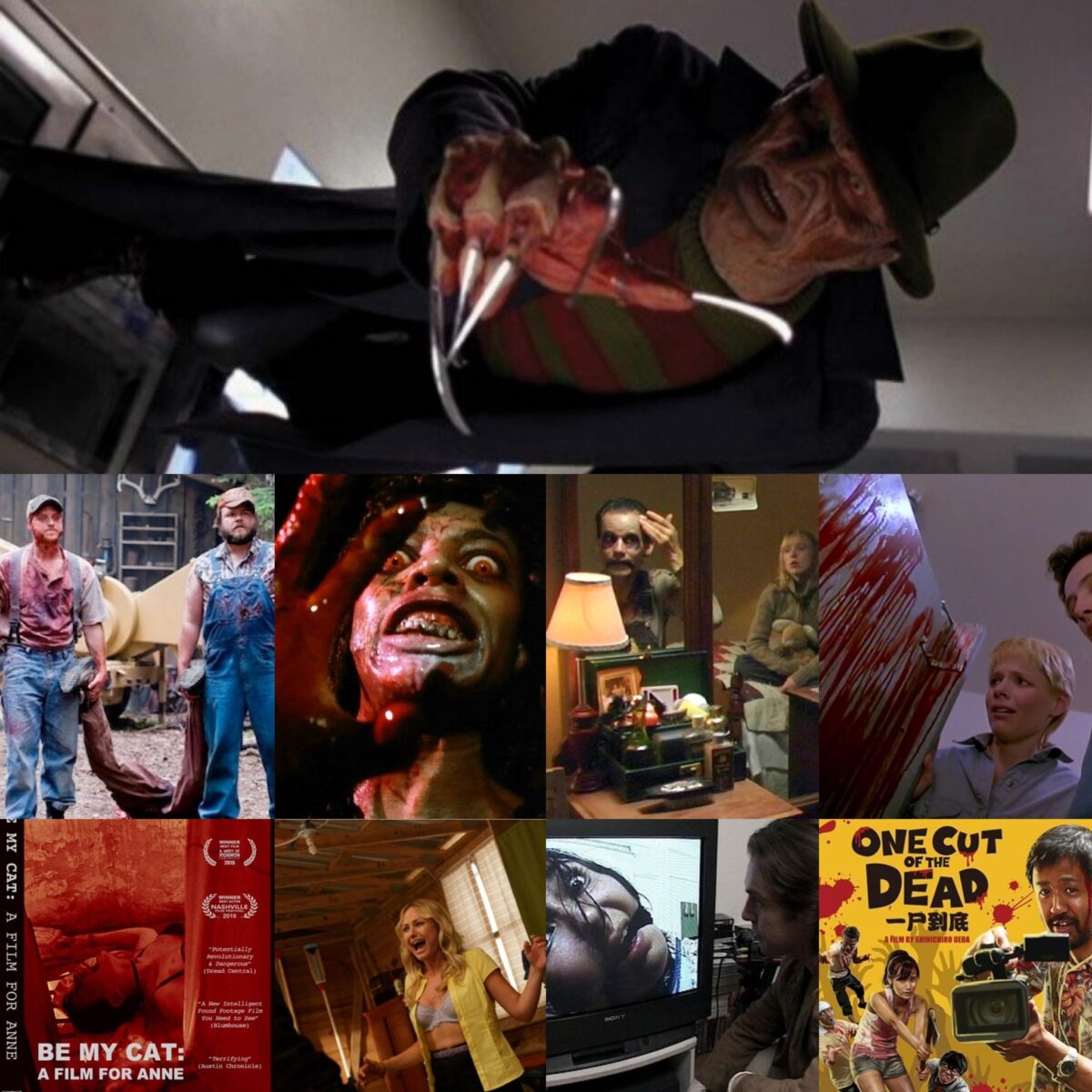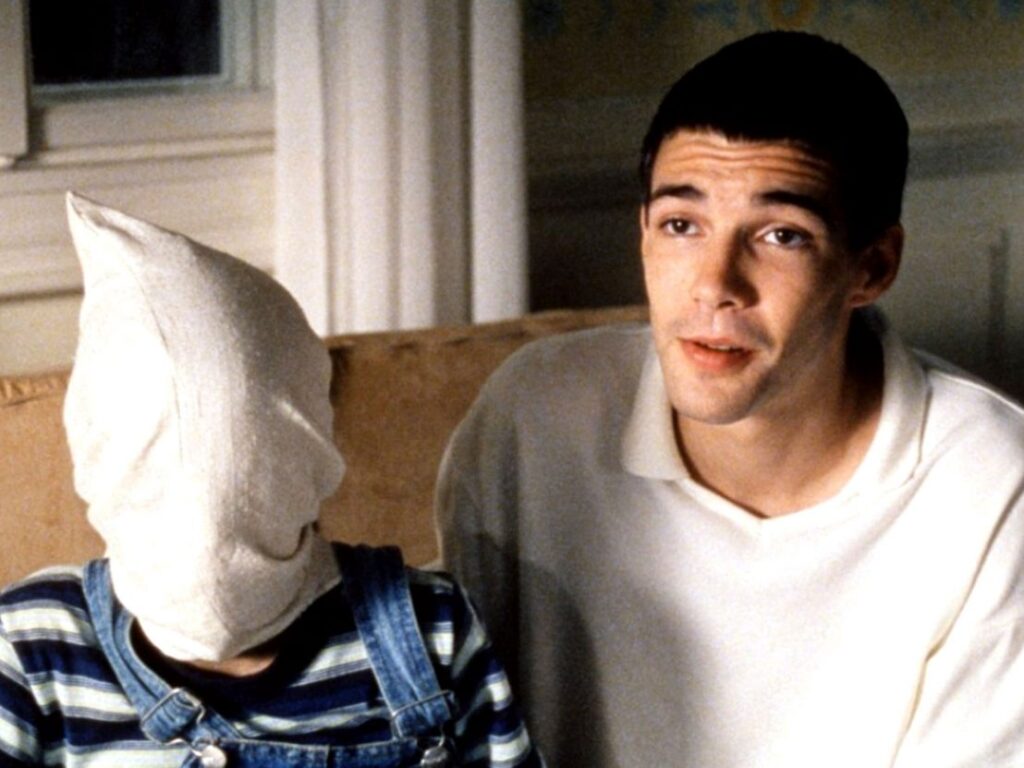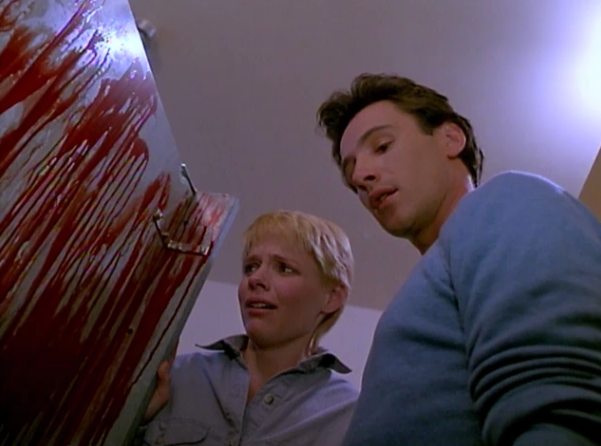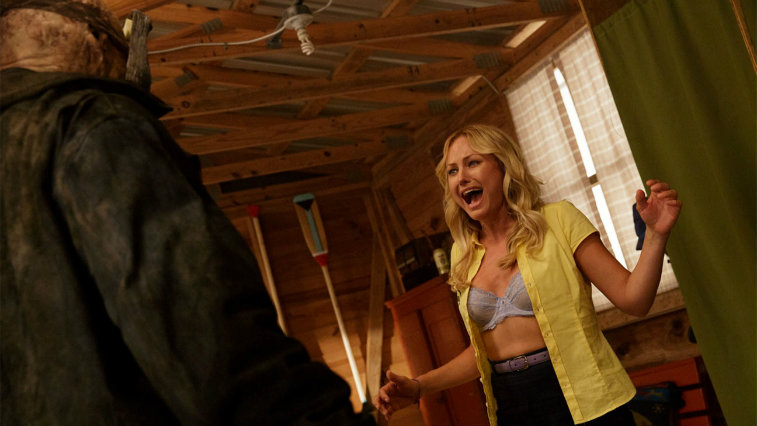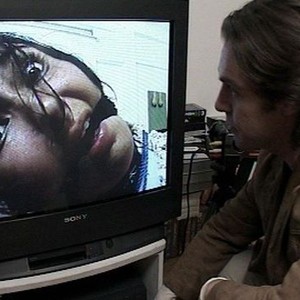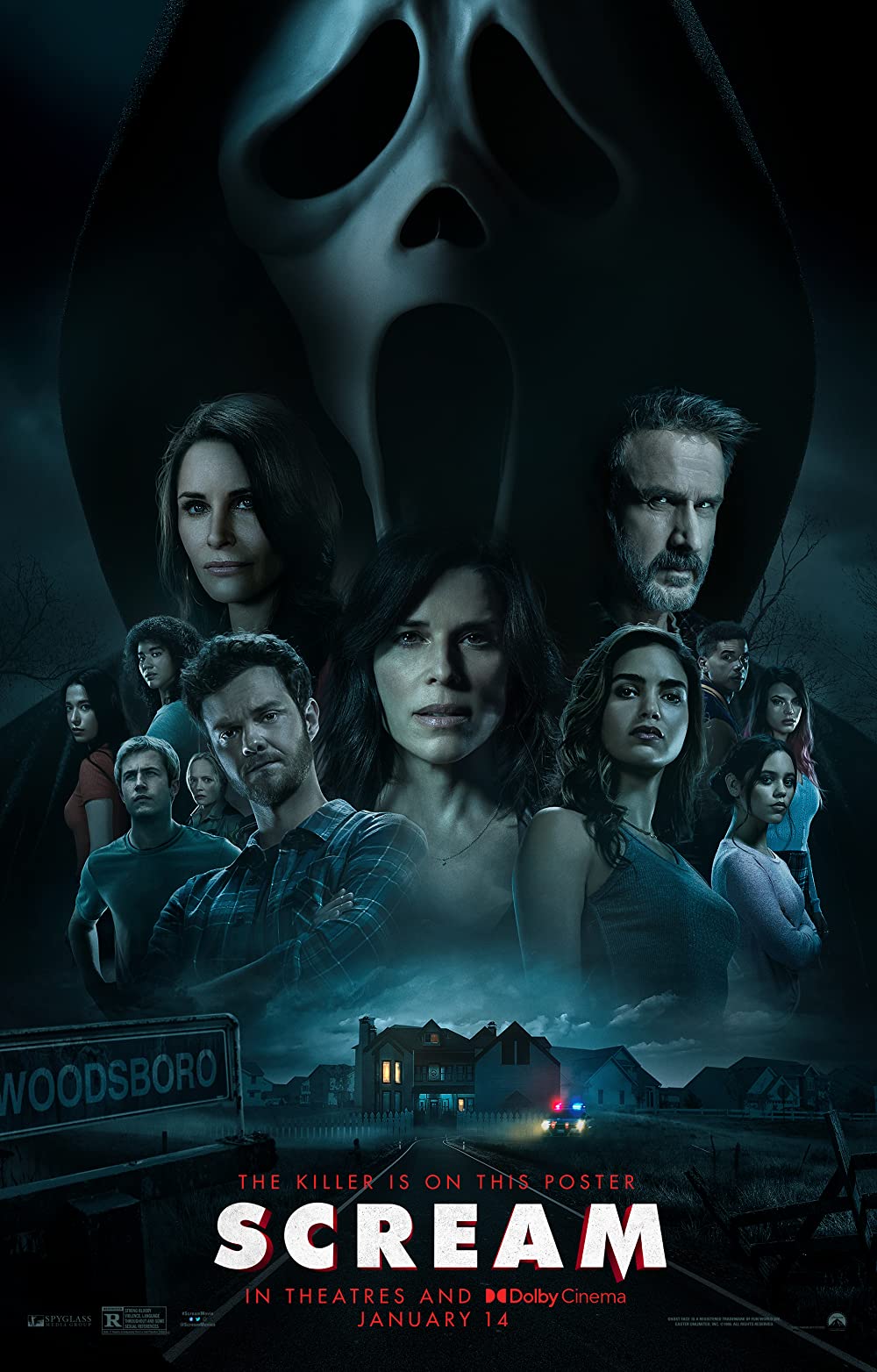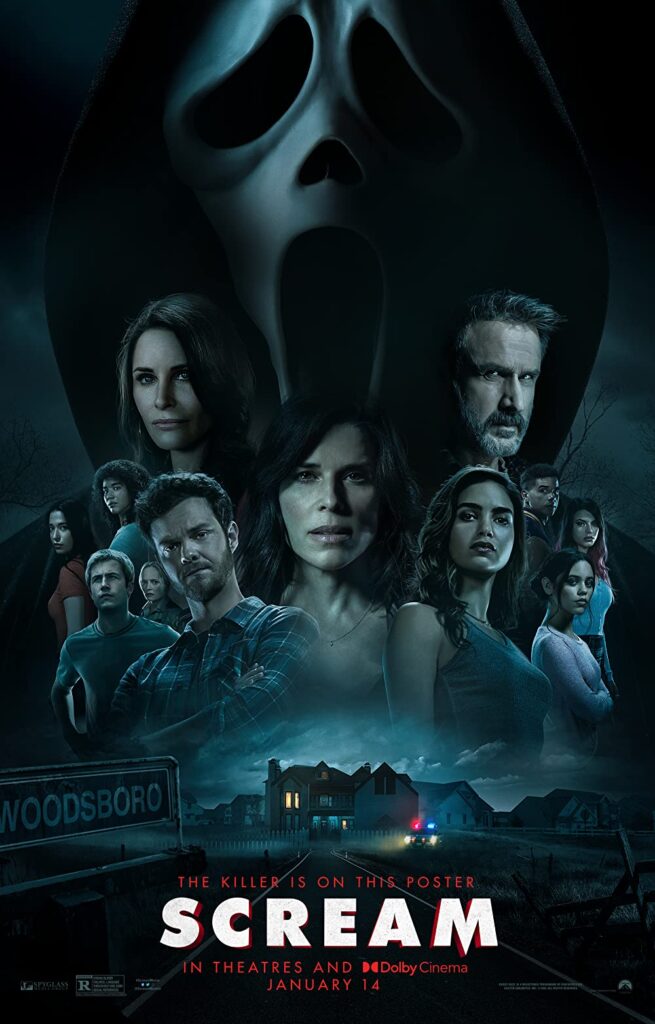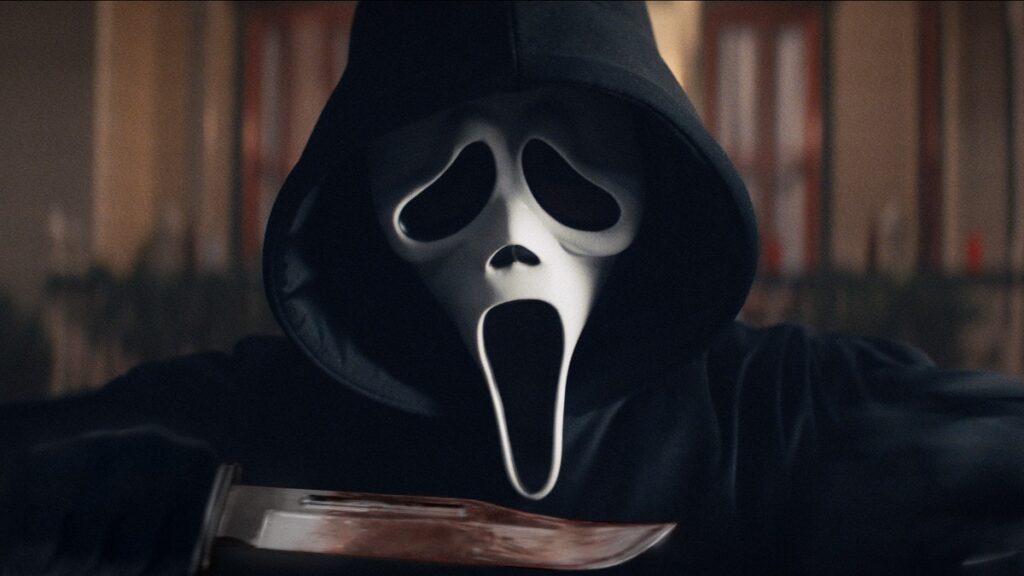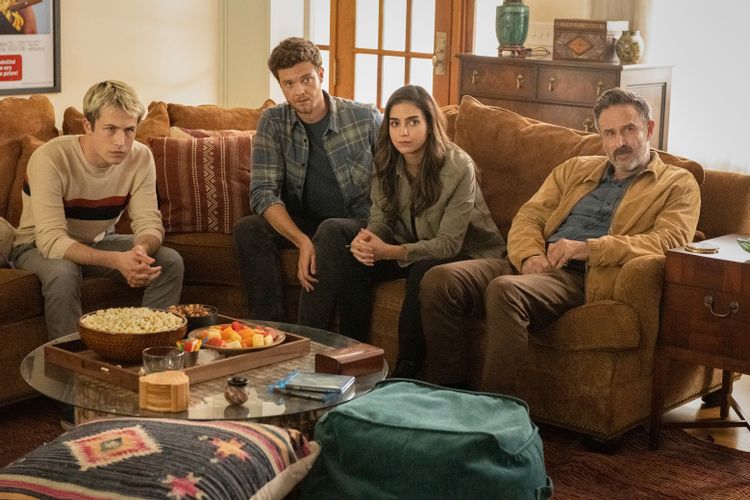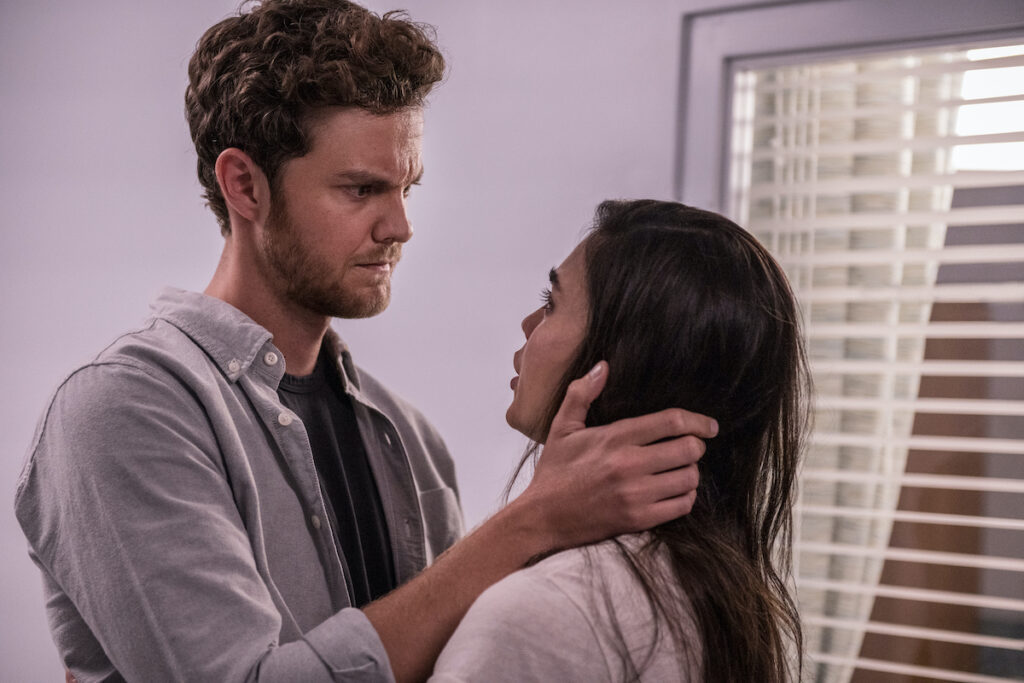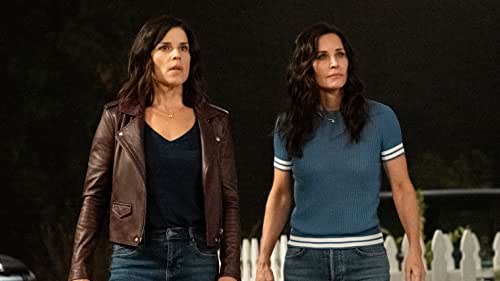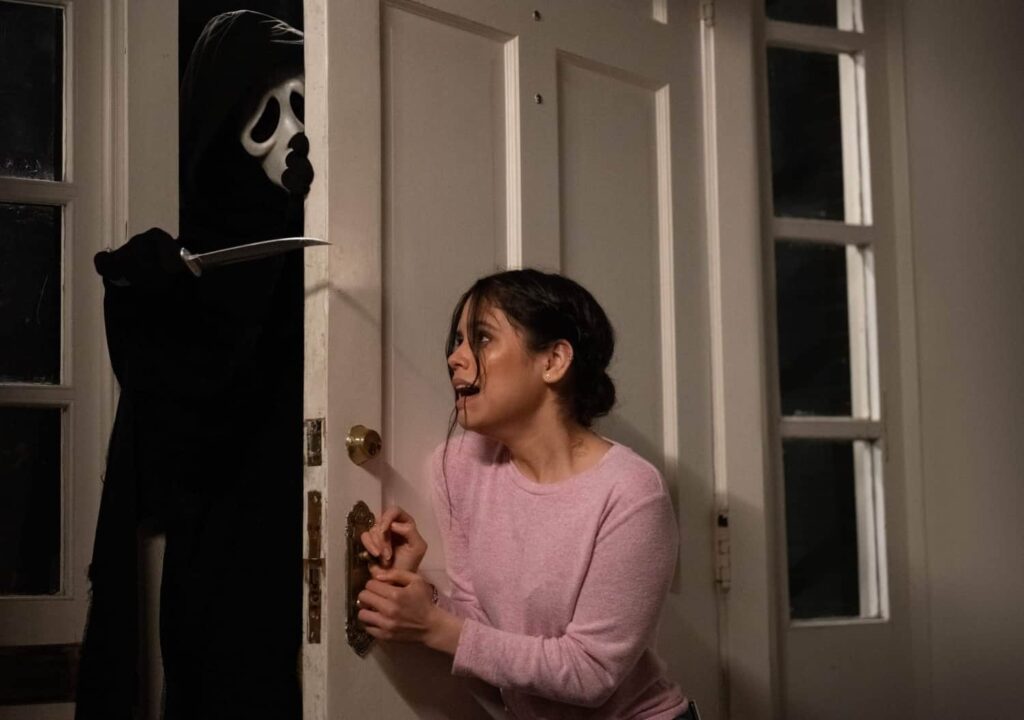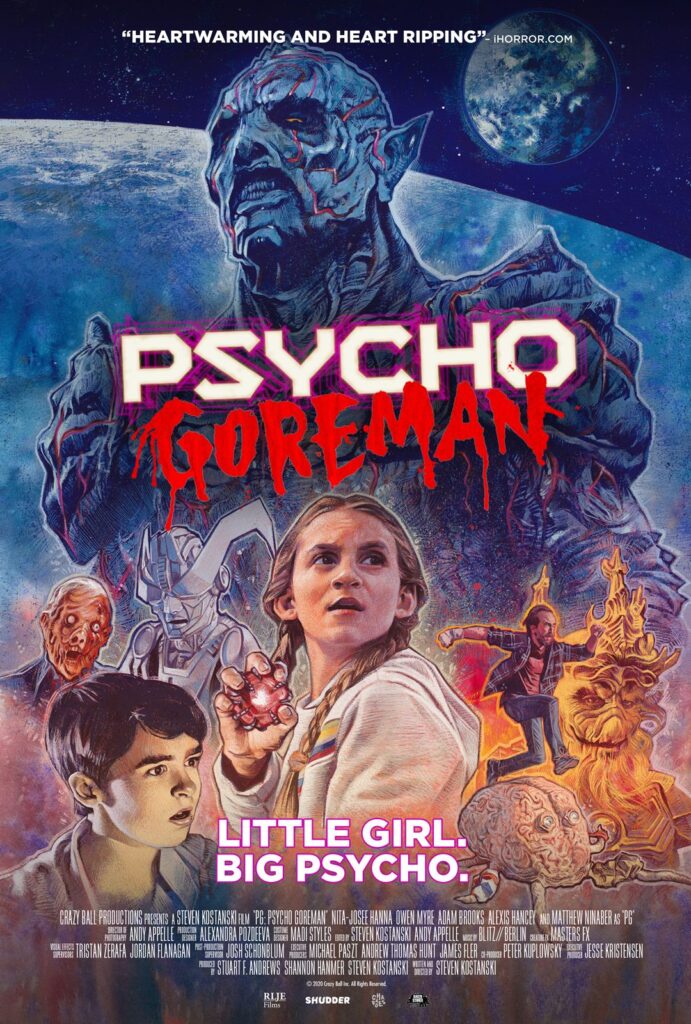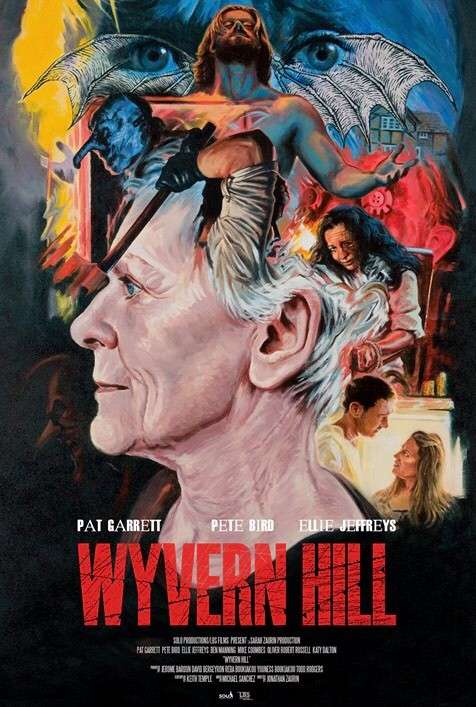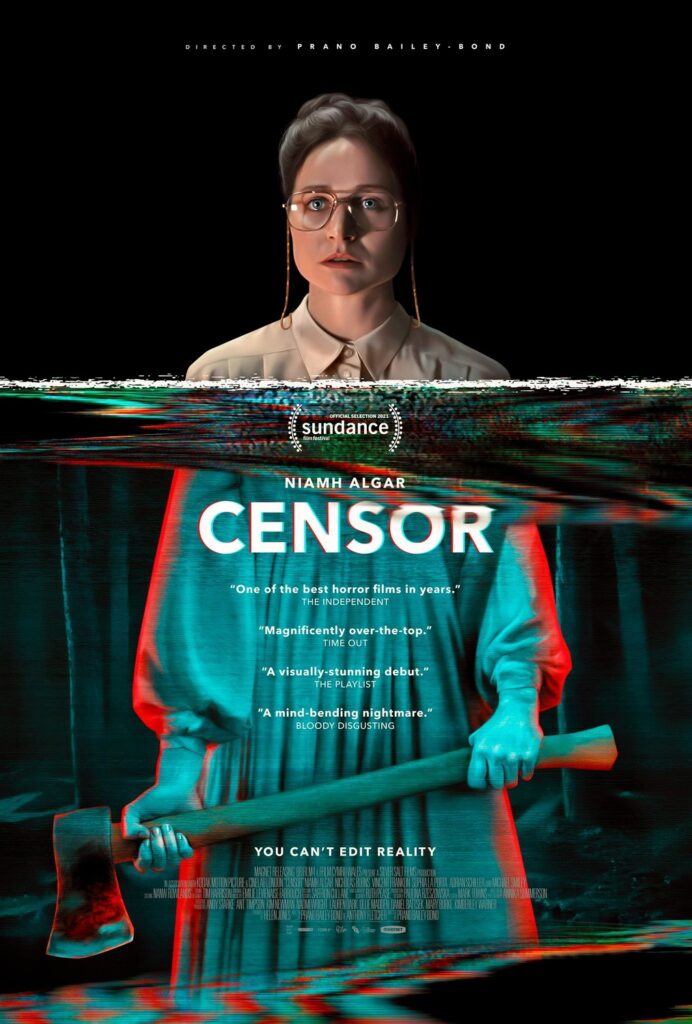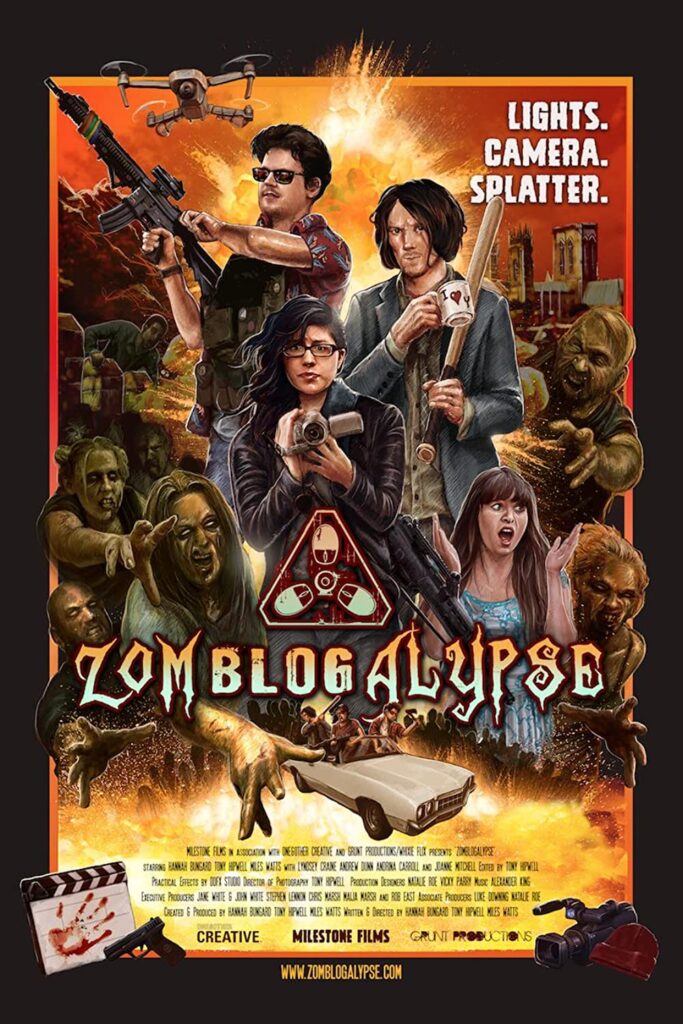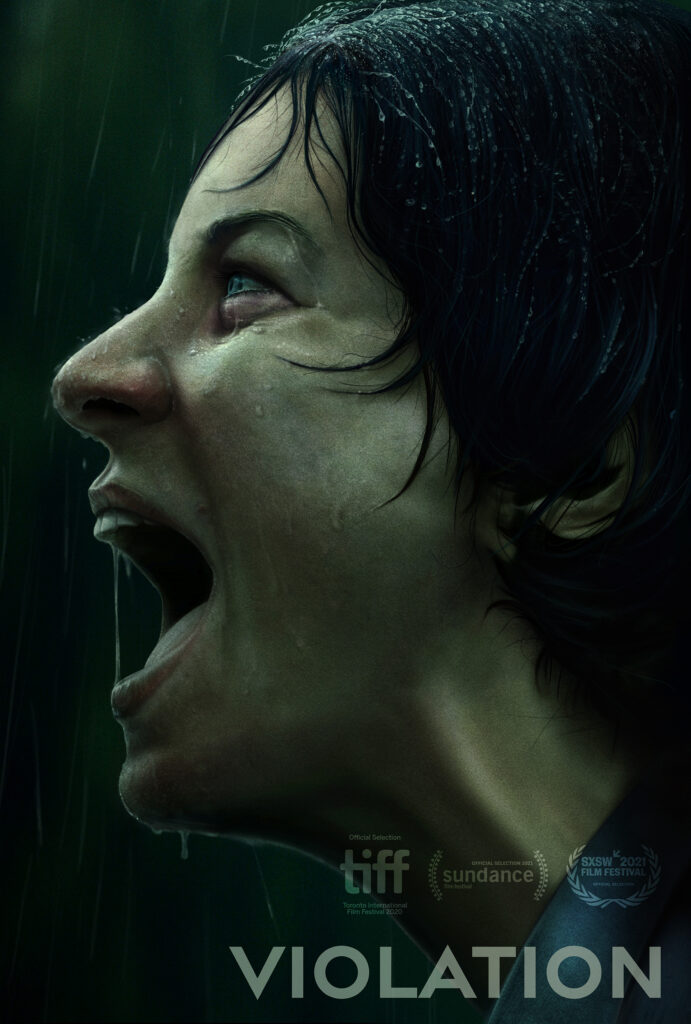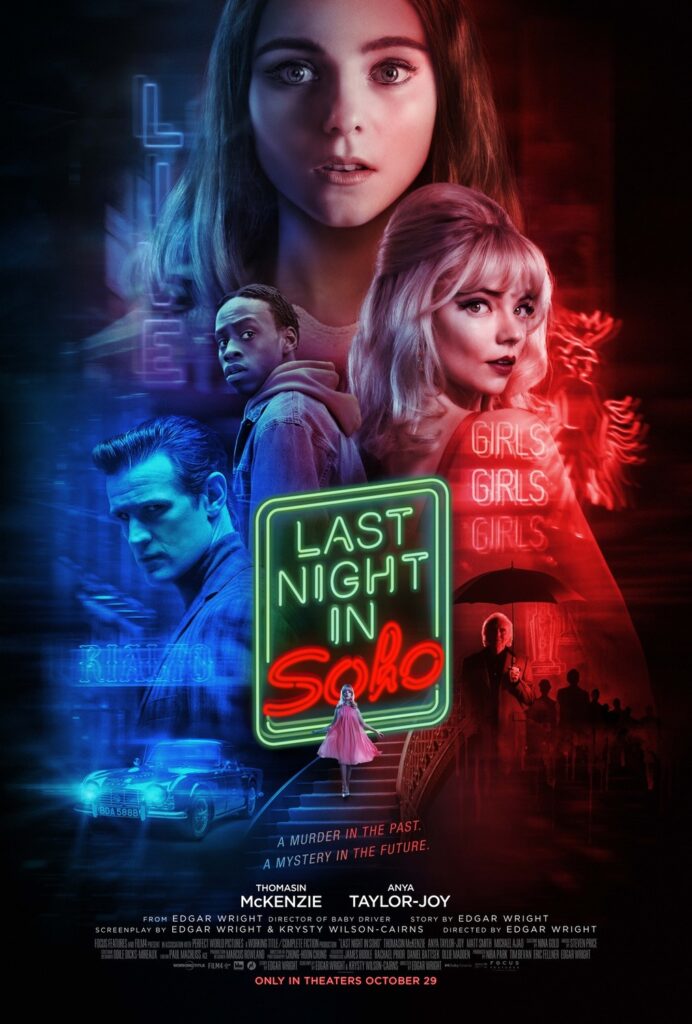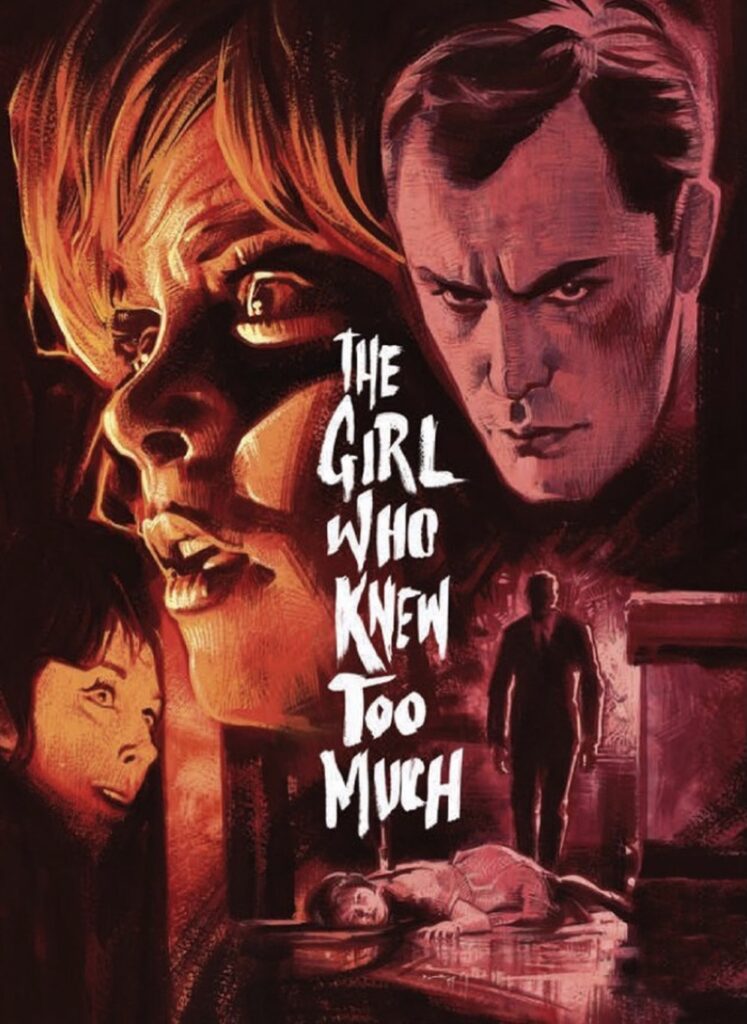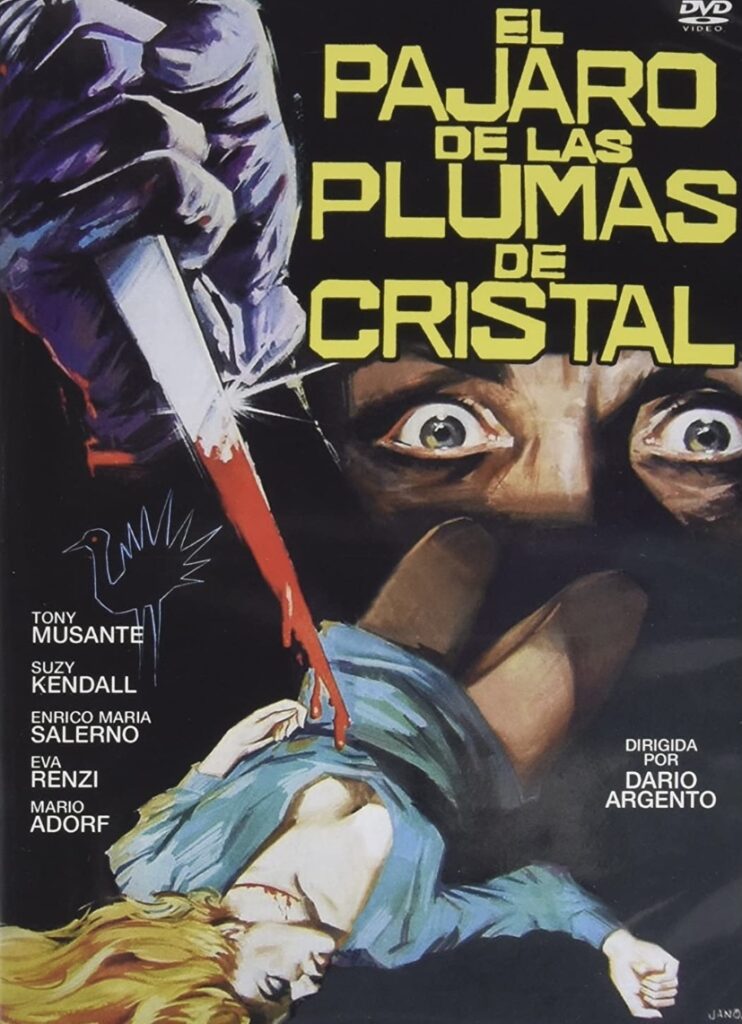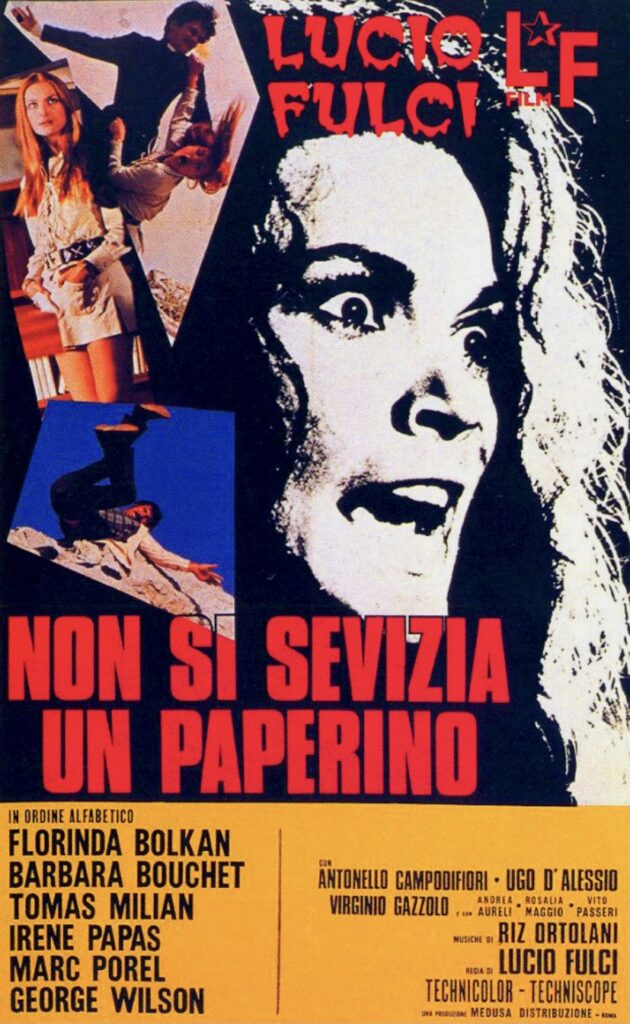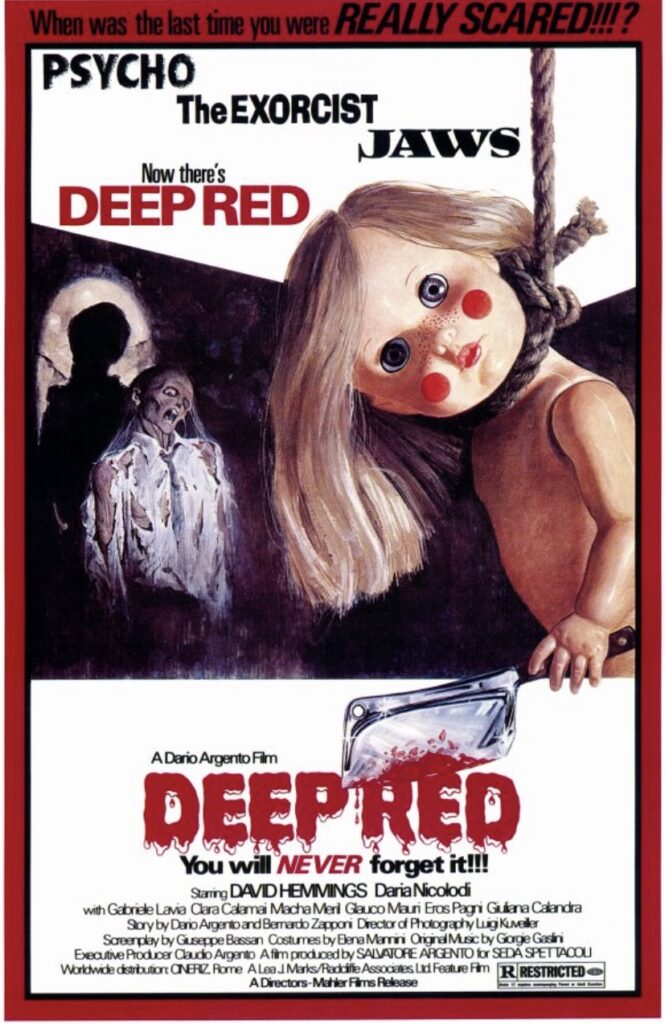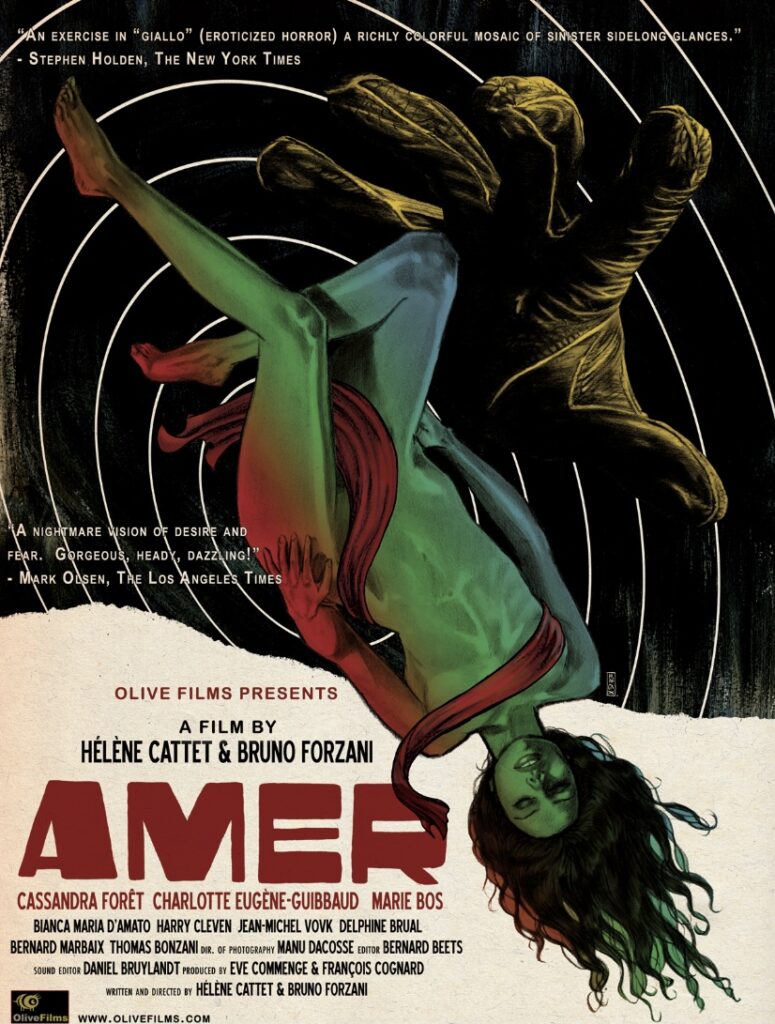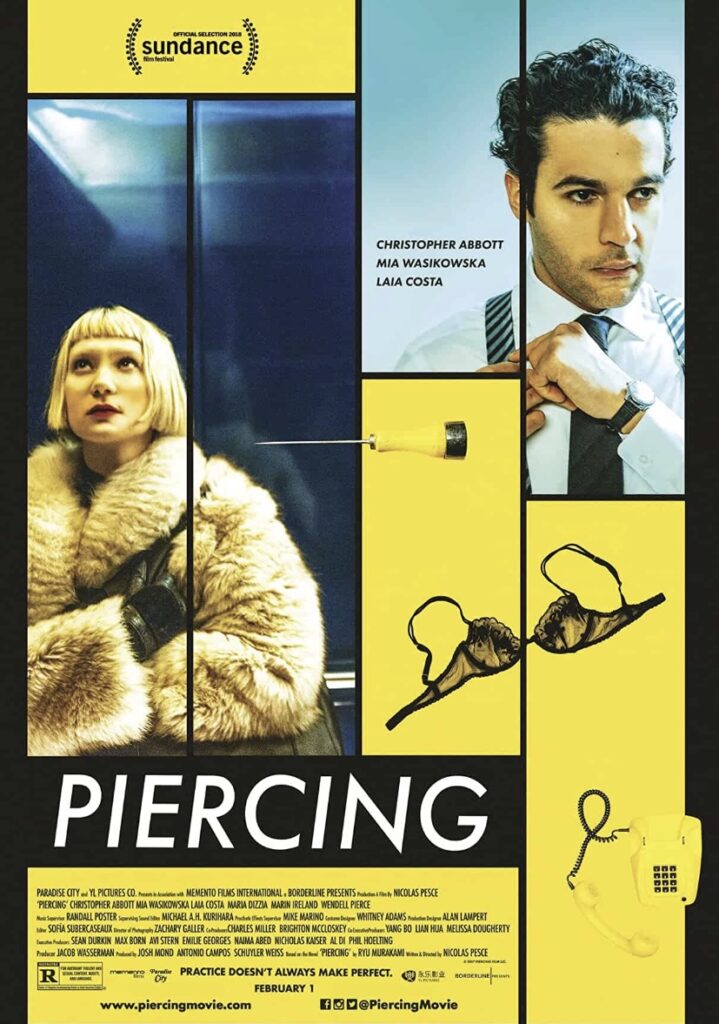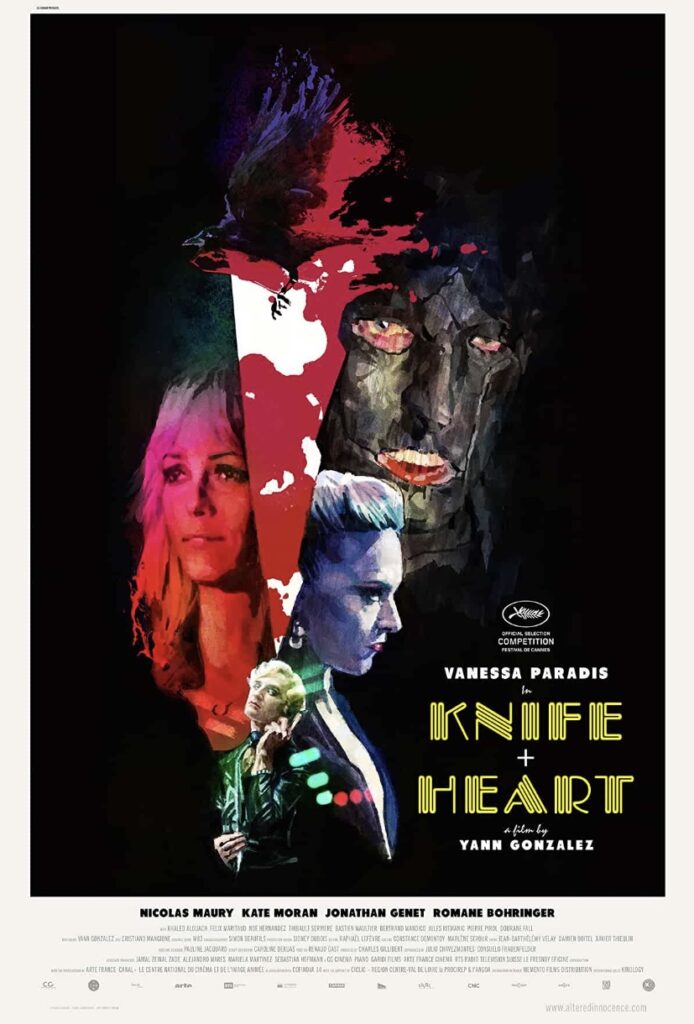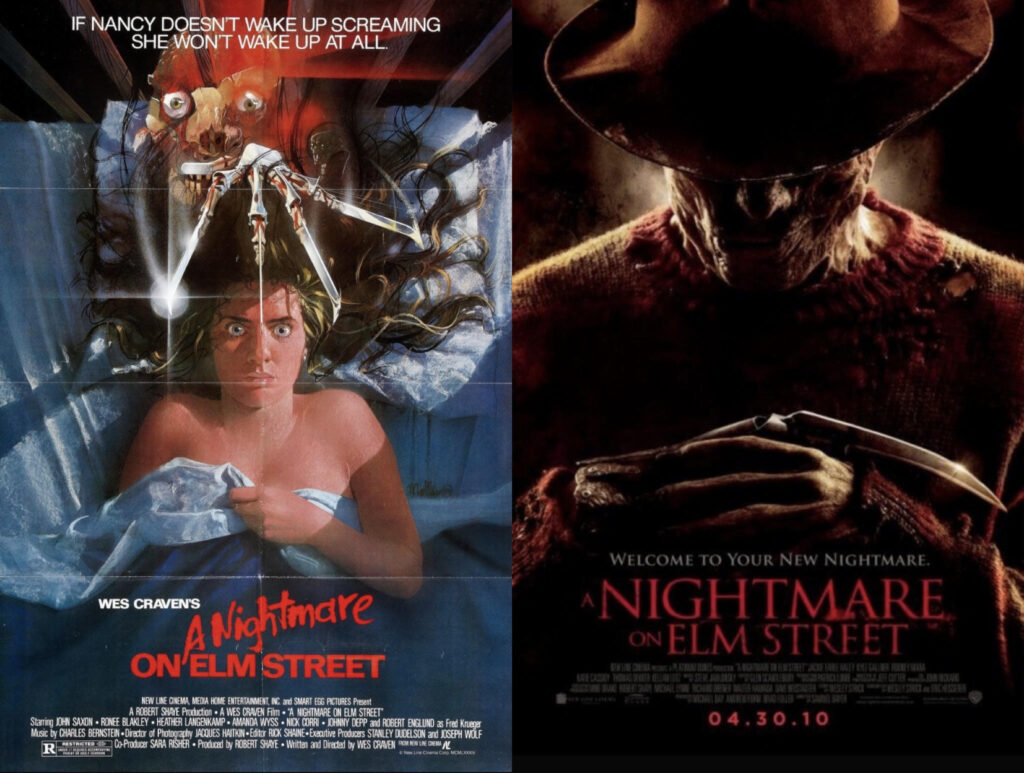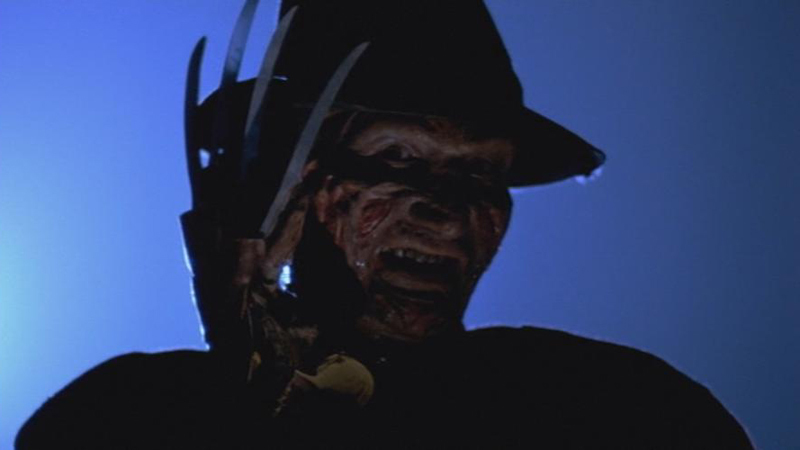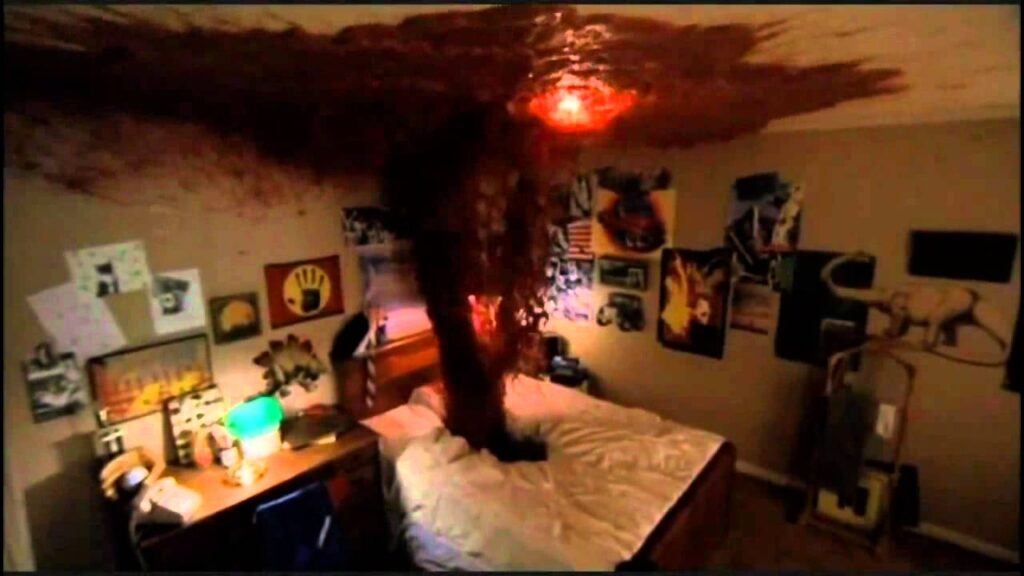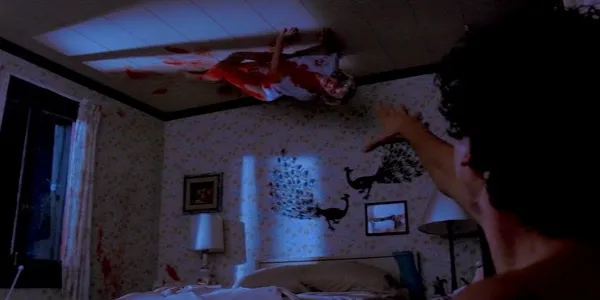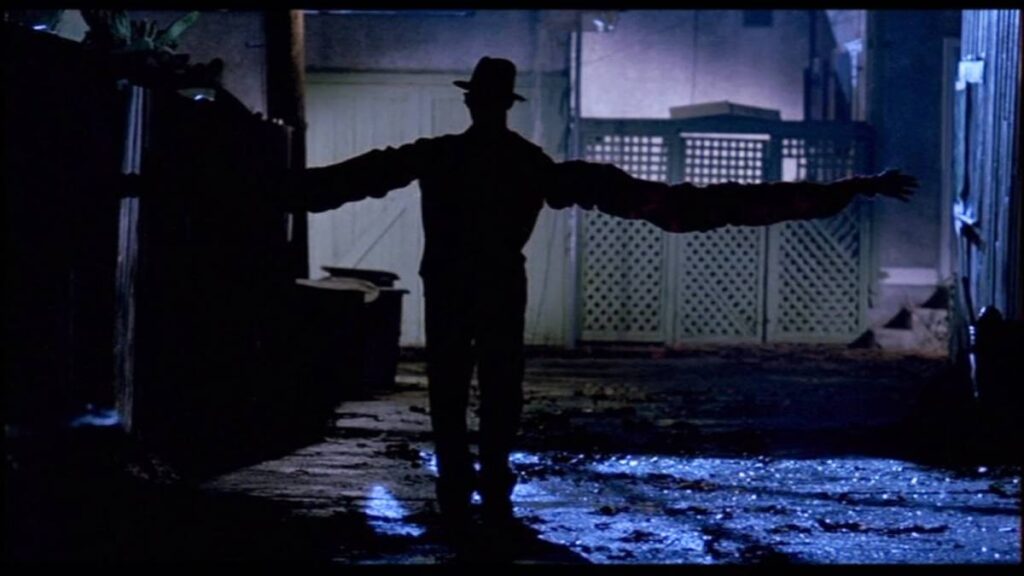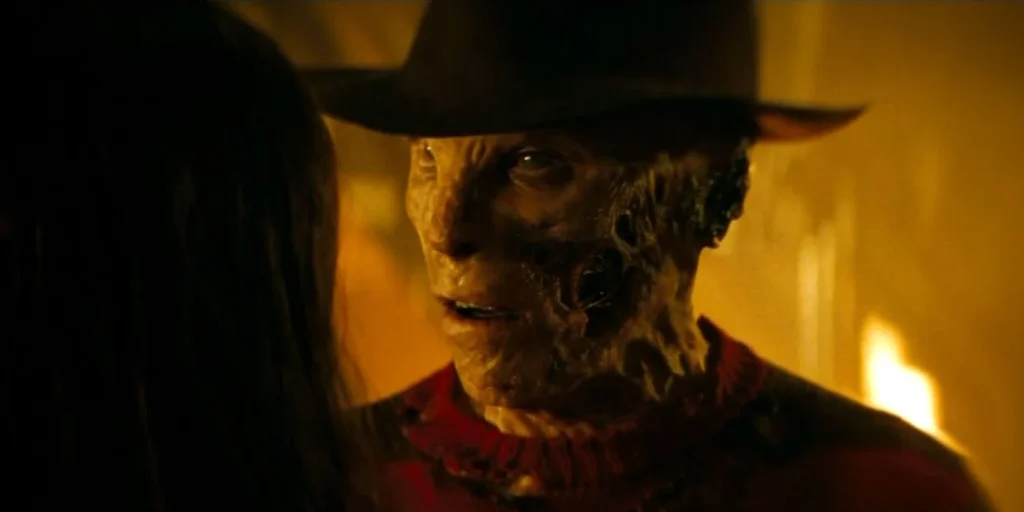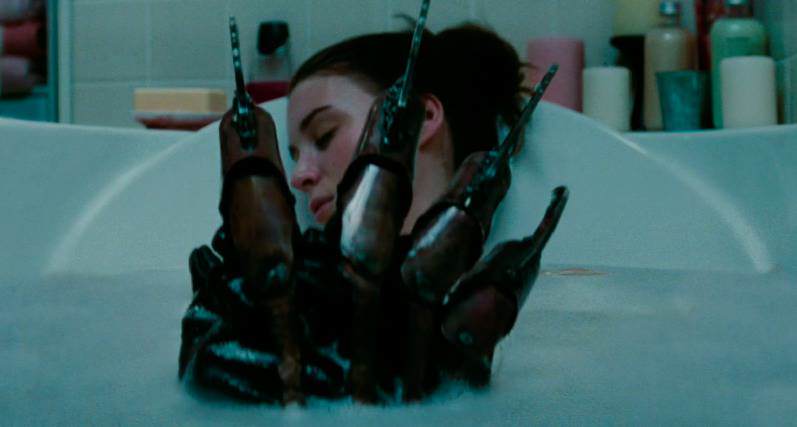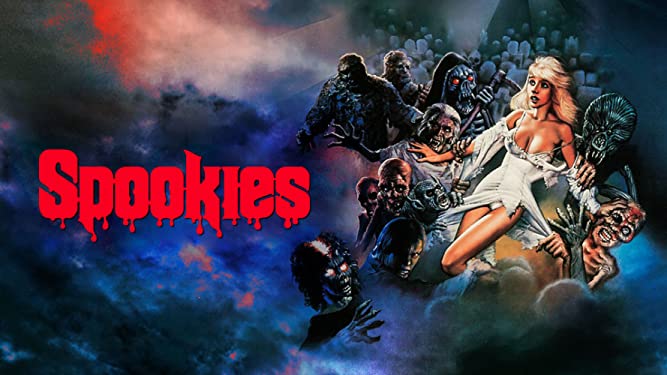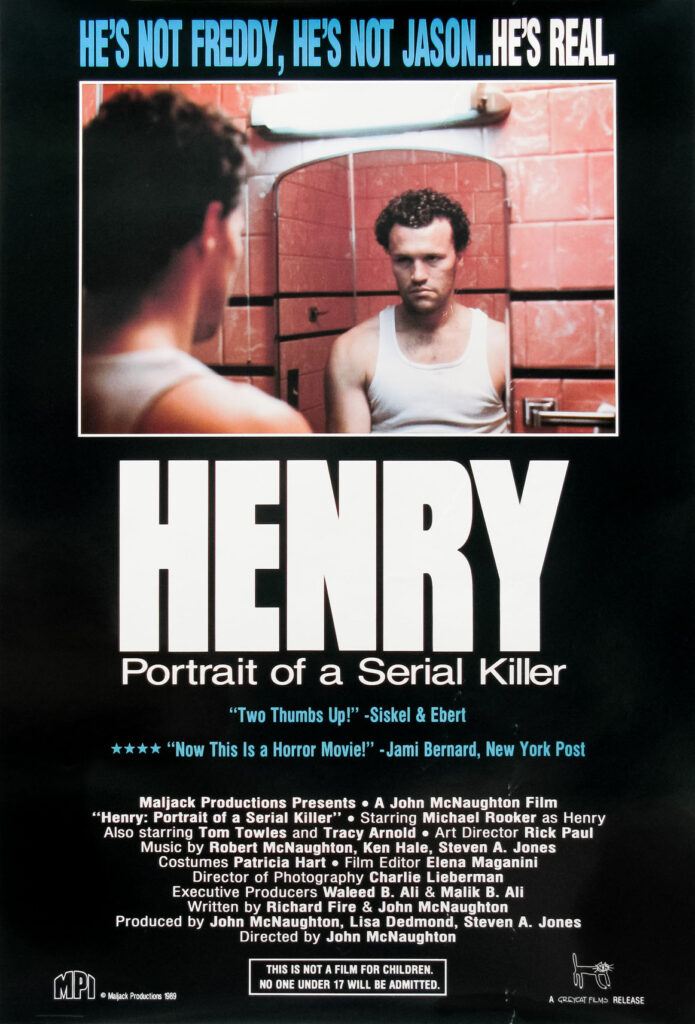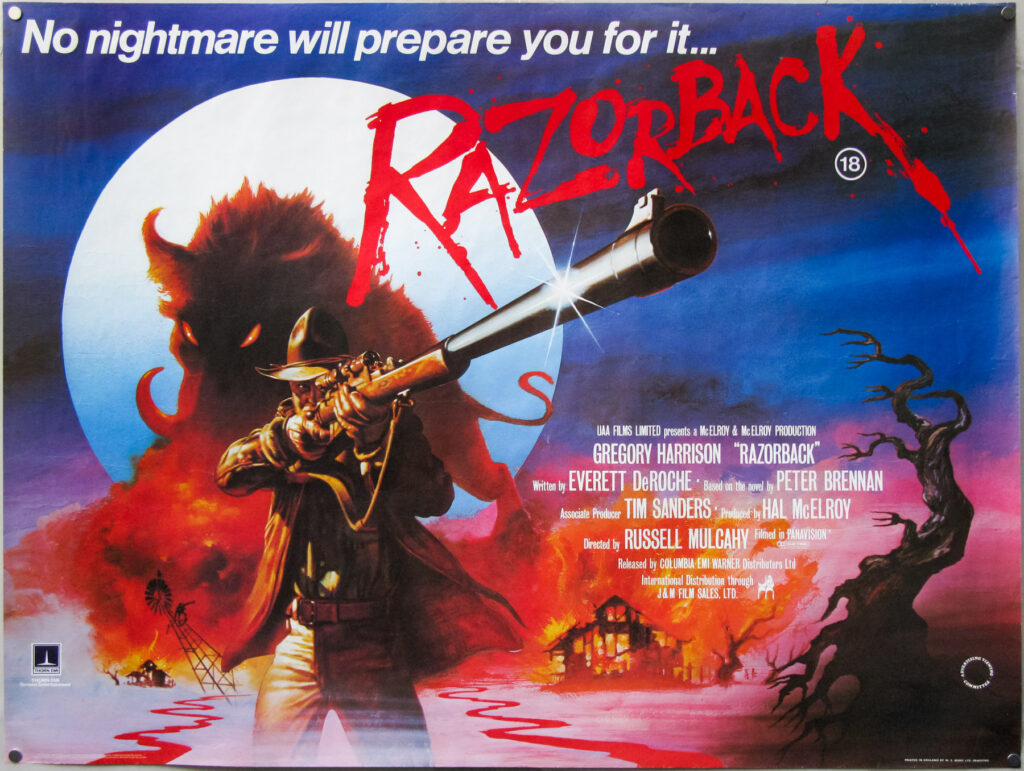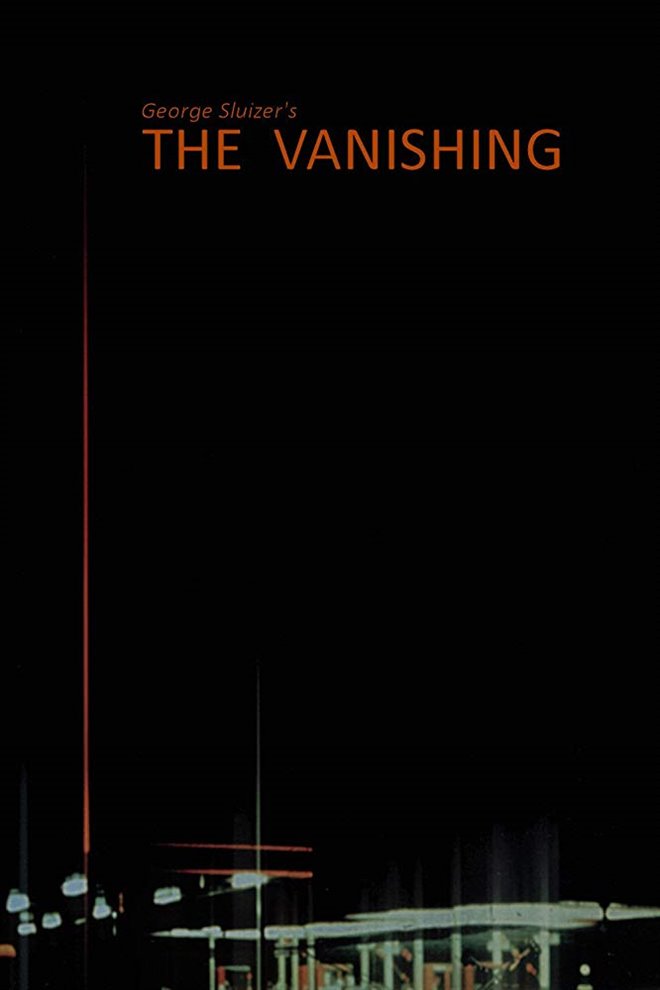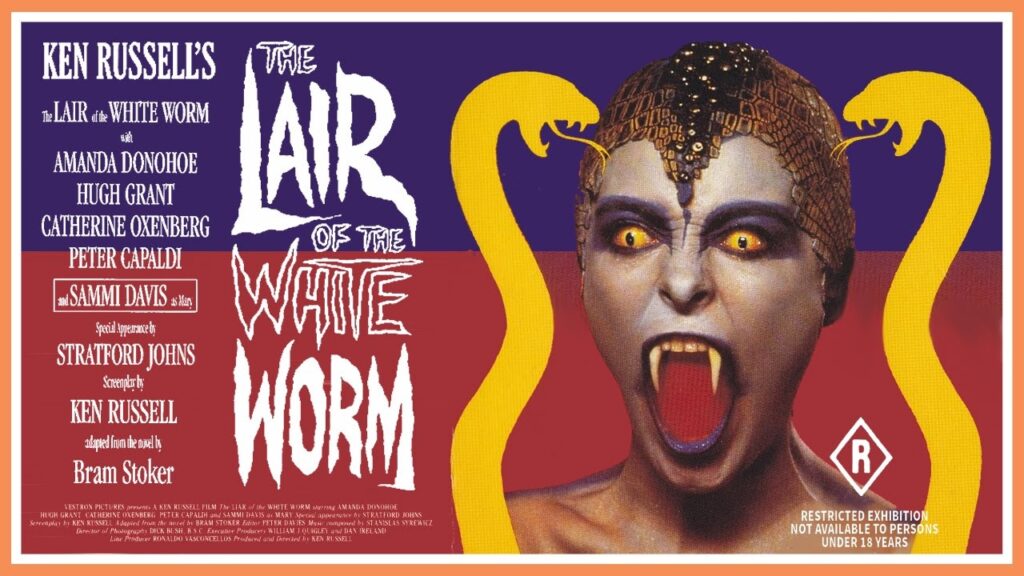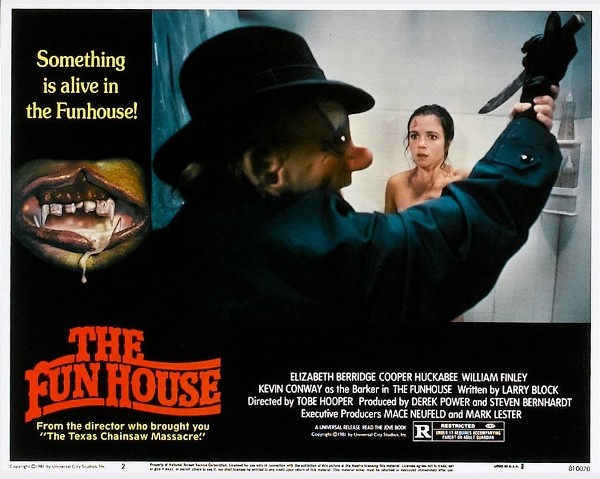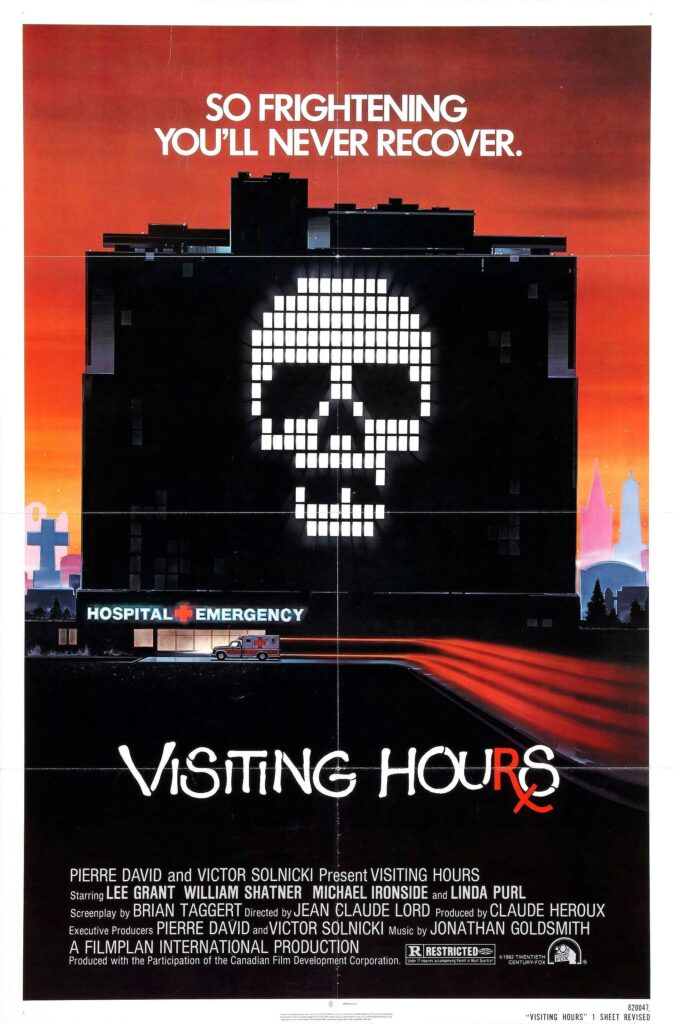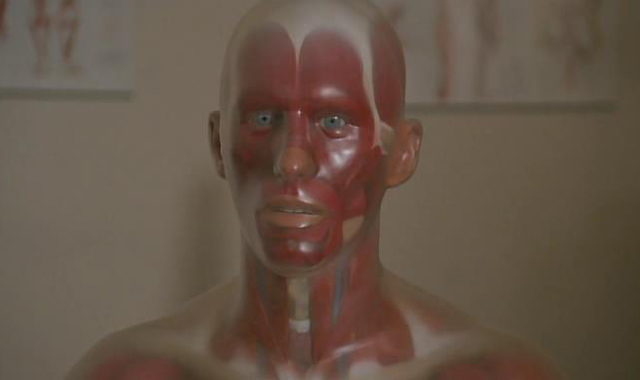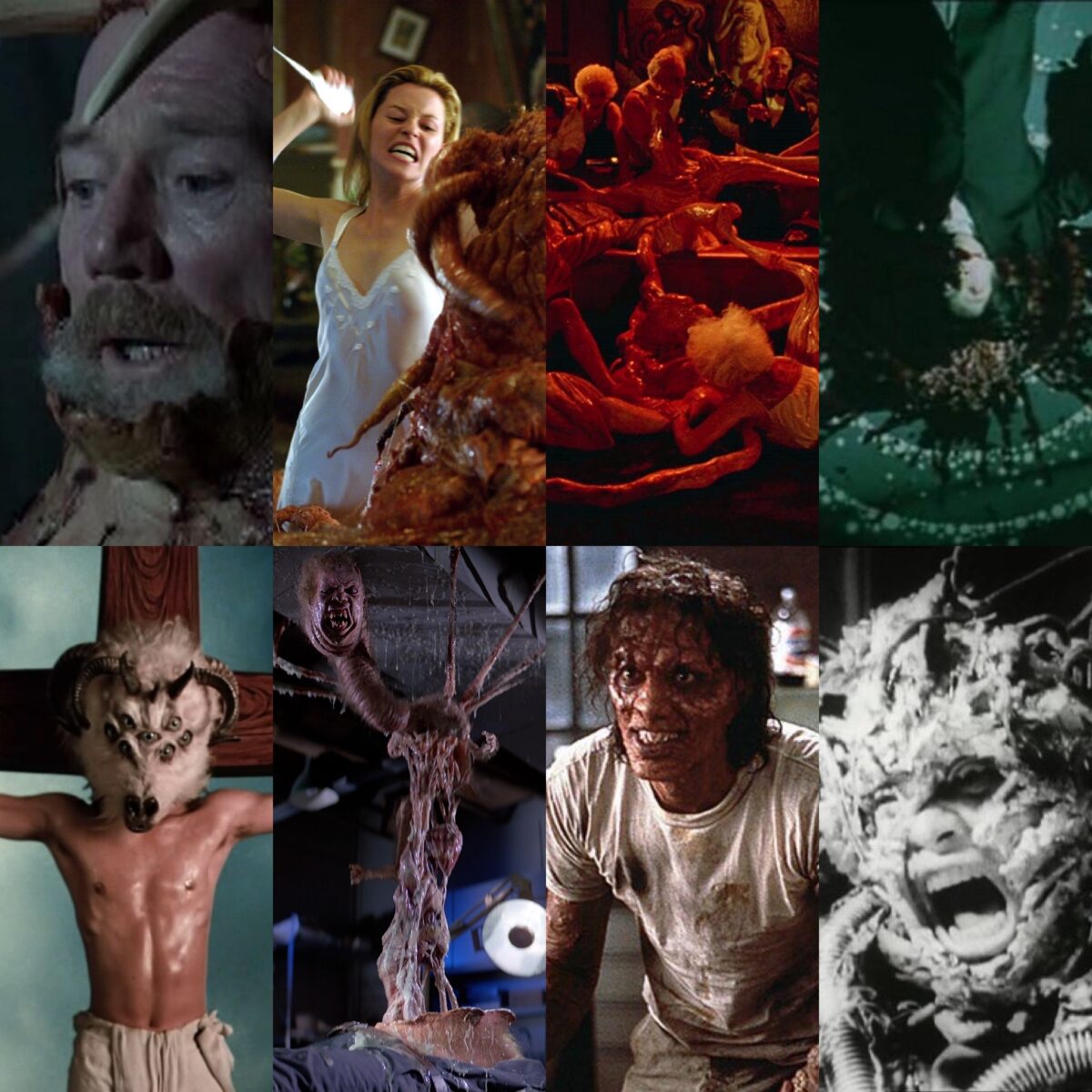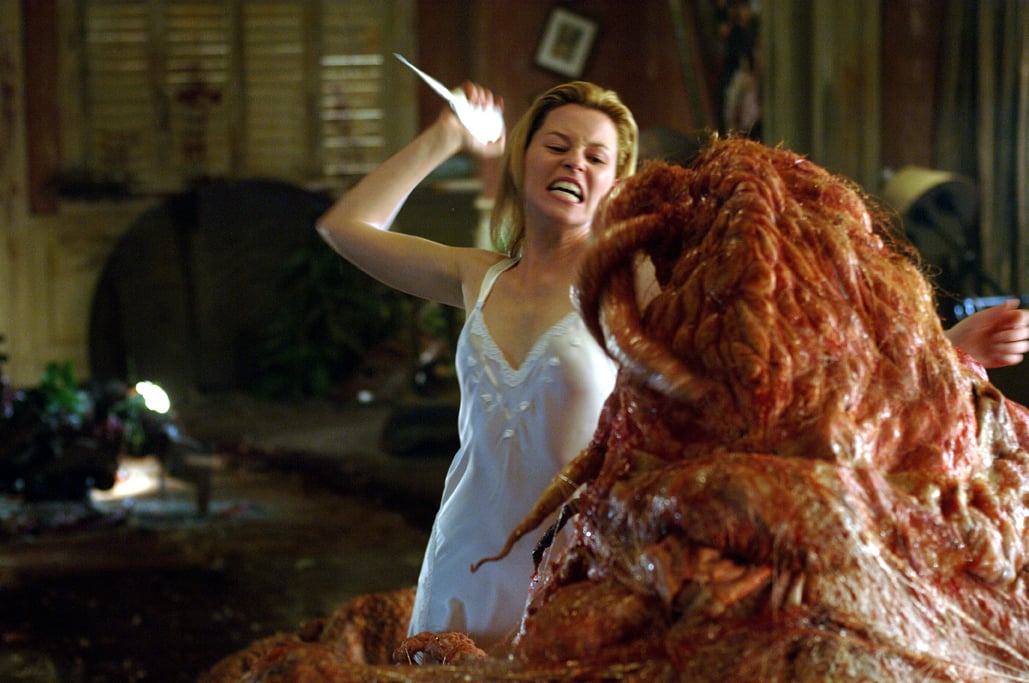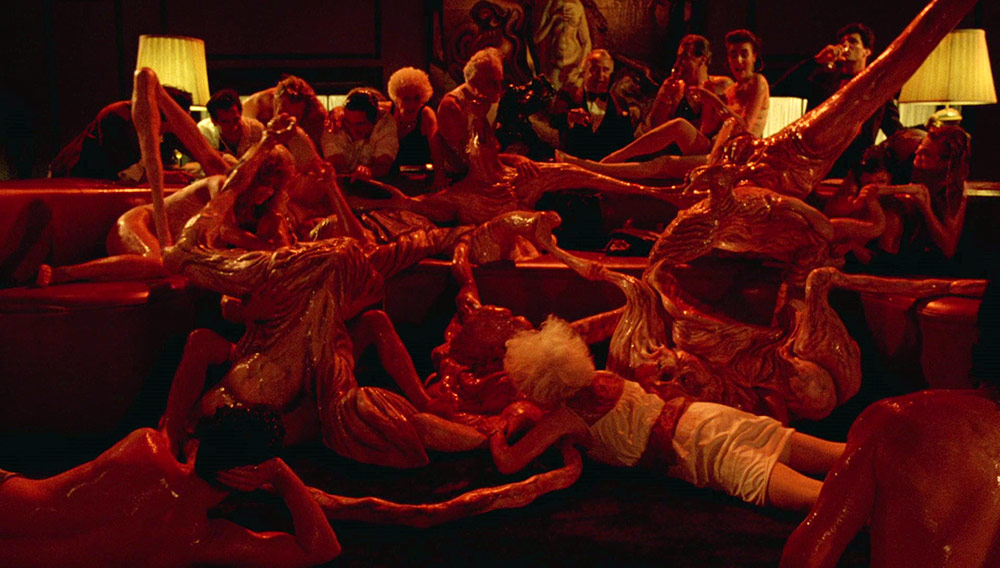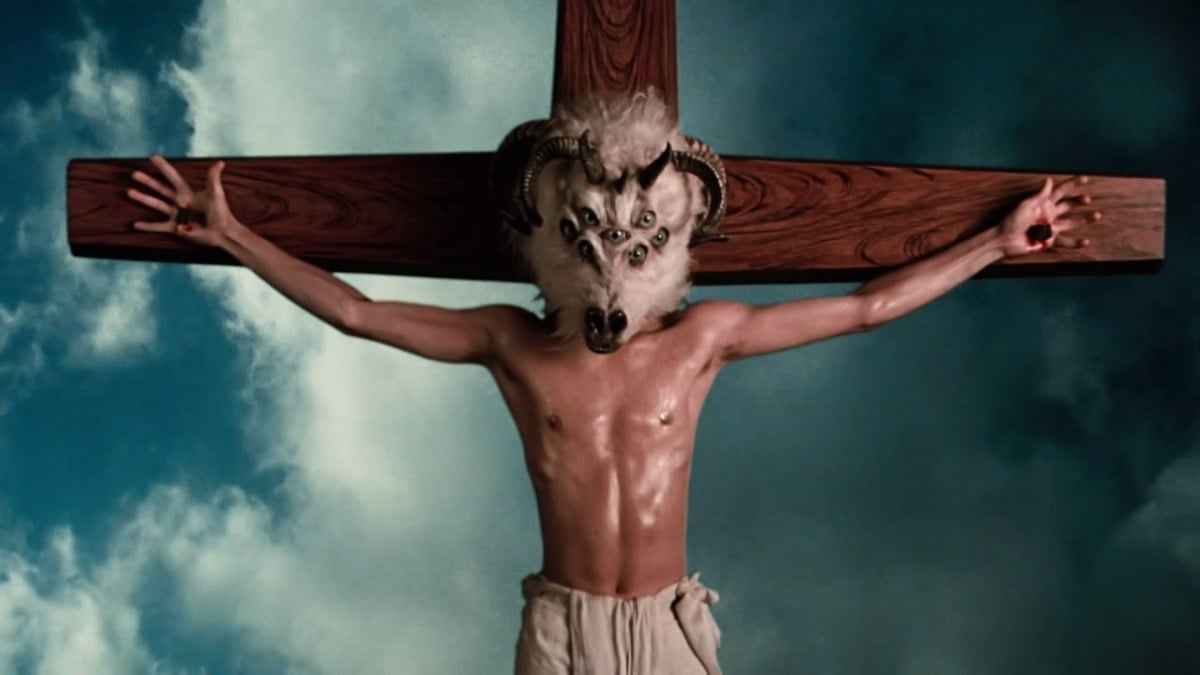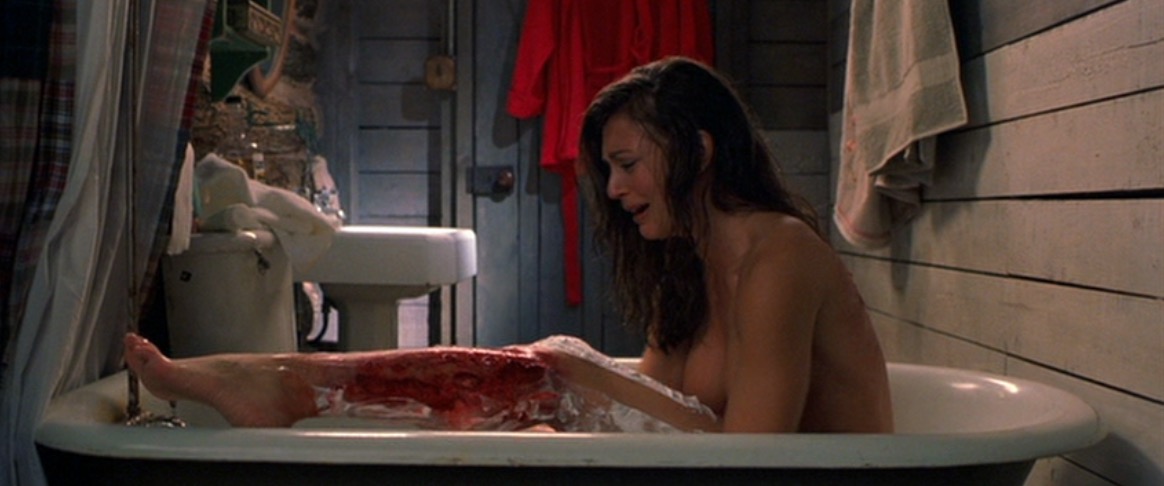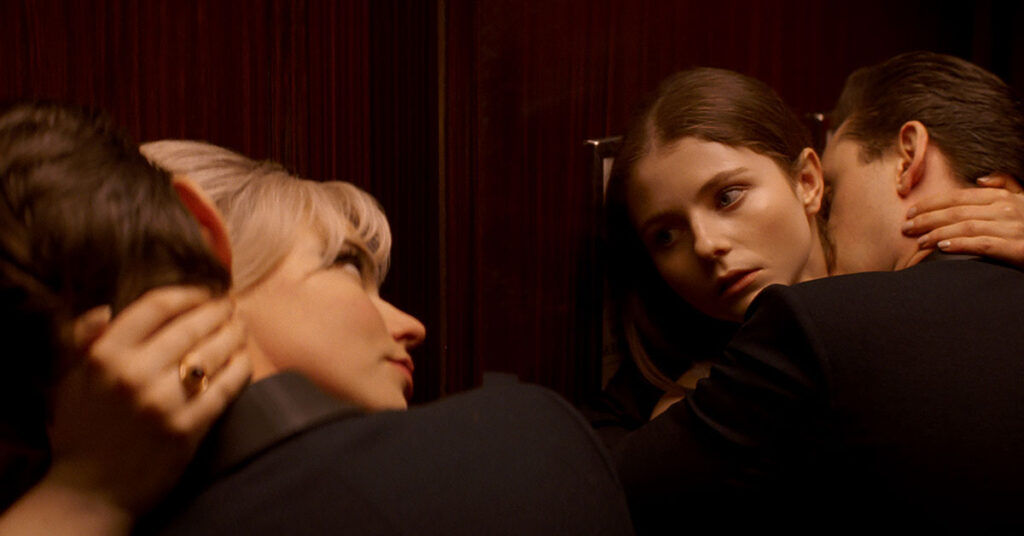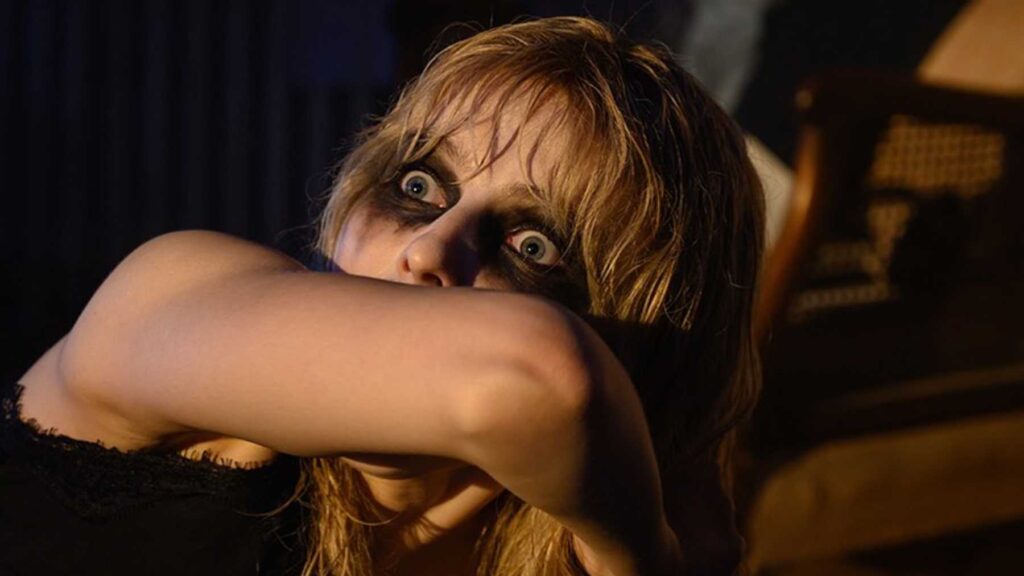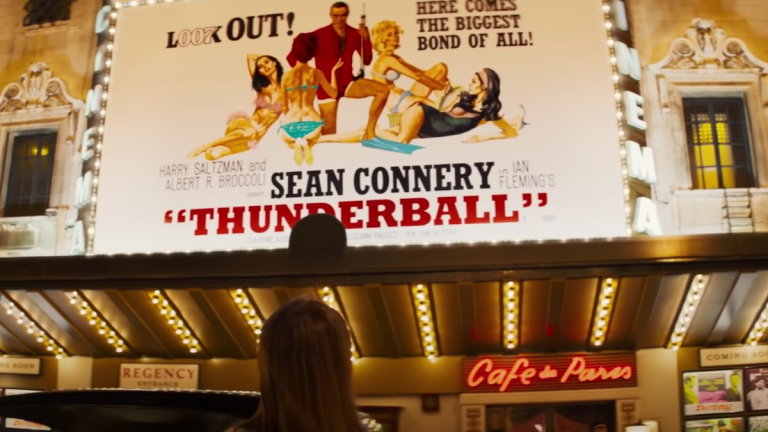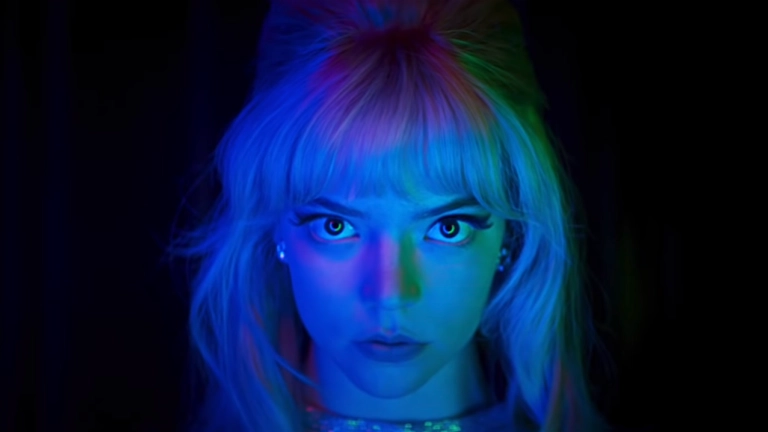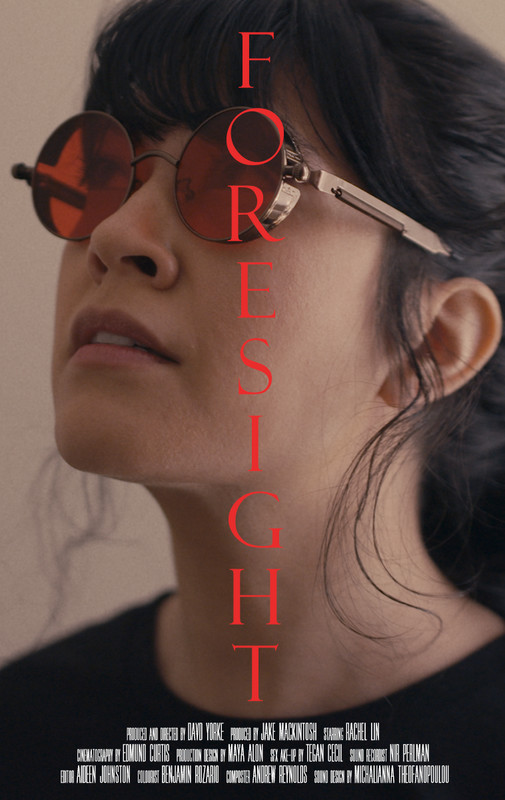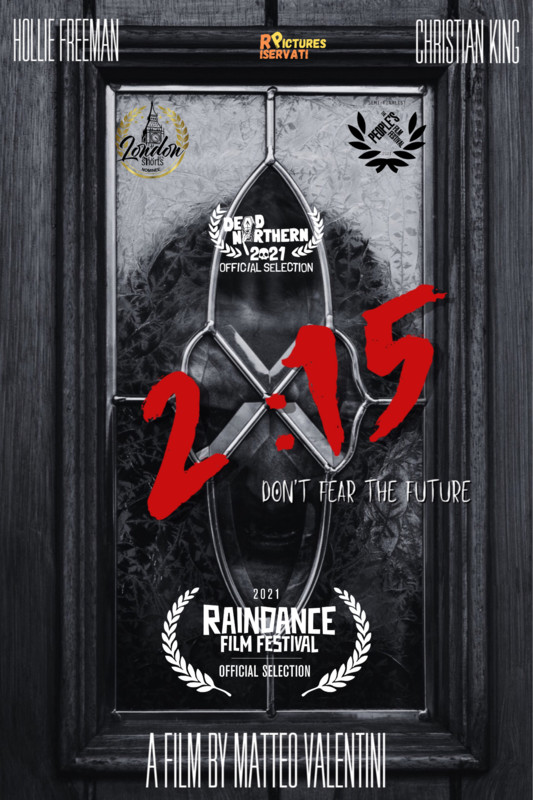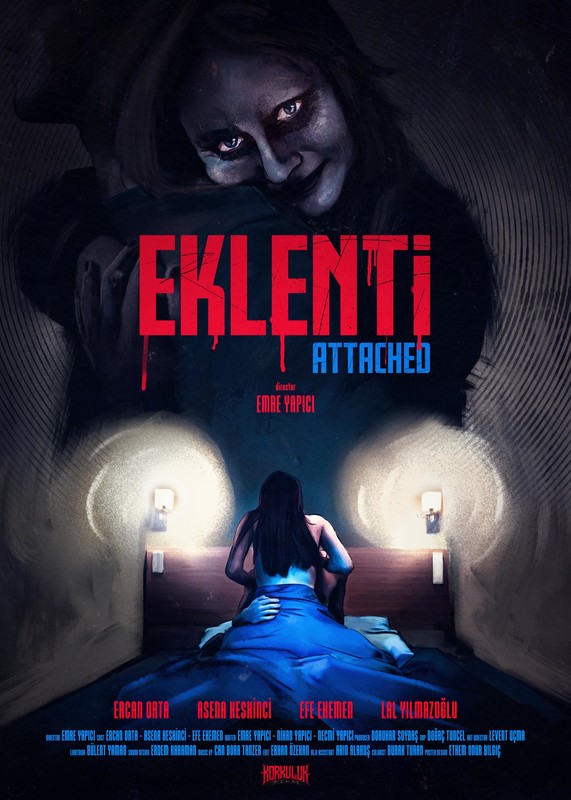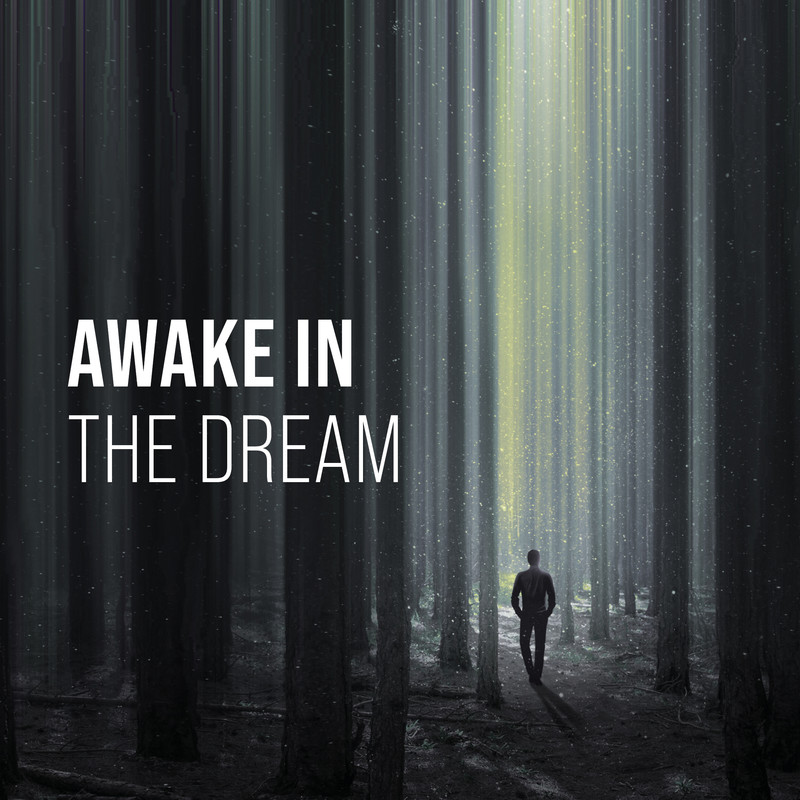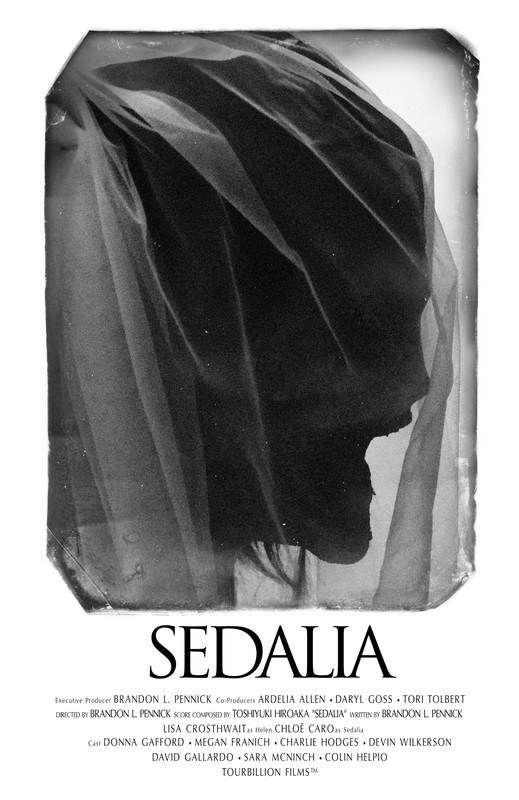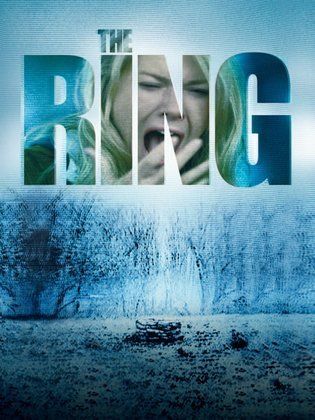
A nightmarish videotape has begun making the rounds, leading to the unlucky viewer’s receiving a mysterious phone call warning them that they will die in seven days. After investigative journalist Rachel Keller (Naomi Watts) learns that her niece and several other teenagers die mysteriously after watching the video, she attempts to track down who made it and why. The investigation soon takes a sinister turn after her son Aiden (David Dorfman) watches the tape, causing her to contact her ex-husband Noah (Martin Henderson) to help her untangle this curse once and for all.
Upon discovering the dark secrets that the tape beholds, it is learnt that the content is not the cause of a typical urban legend, but instead a treacherous story about a young girl named Samara (Daveigh Chase) and her vengeful spirit.
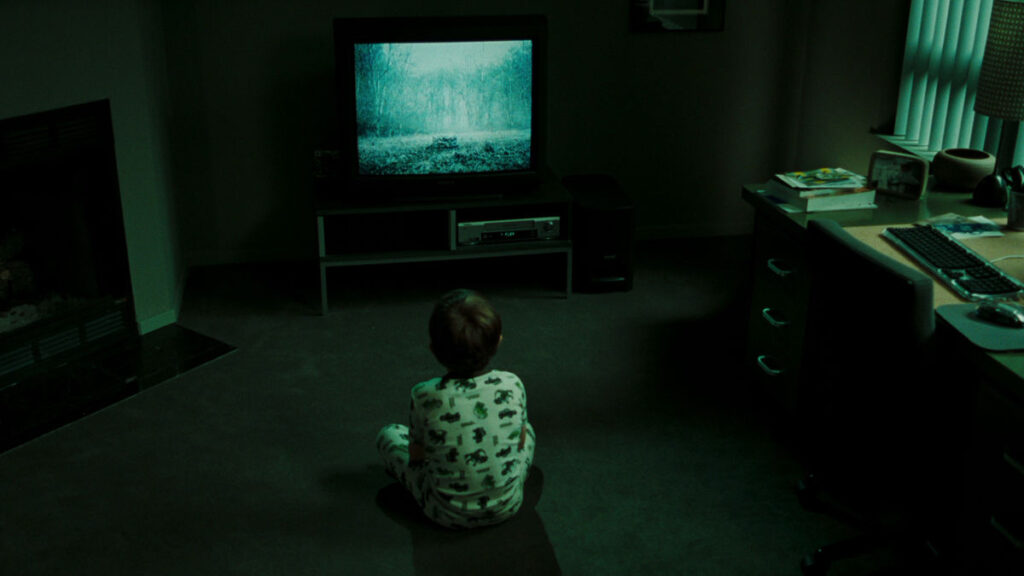
Hideo Nakata’s 1998 horror sensation Ringu could be defined as an ubiquitous feat of fragile relationships, infestation of the home, and anxieties over the ever booming spec of technology. All of the above radiate nothing but the truth, yet to condense Ringu’s spine-tingling allegories to mere themes and societal reflections is simply reducing how evoking the film is on an affective level. Even those with nerves of steel will inevitably feel an eerie whisper of fear whilst viewing the film’s terrifying climax, which will not leave your thoughts until long after watching. With any groundbreaking media, there will be those who want to see it go further, to push the interest and increase profits. The most prolific case to date of Japanese horror being remade is Gore Verbinski’s The Ring (2002) which will celebrate its twentieth birthday this year.
Whilst the remake at hand would not win in an original vs remake battle, what The Ring does deserve praise in is its capacity to attract viewers to the genre, influence a string of filmmakers, and allow international cinema to flood the market, enriching horror cinema for the better.
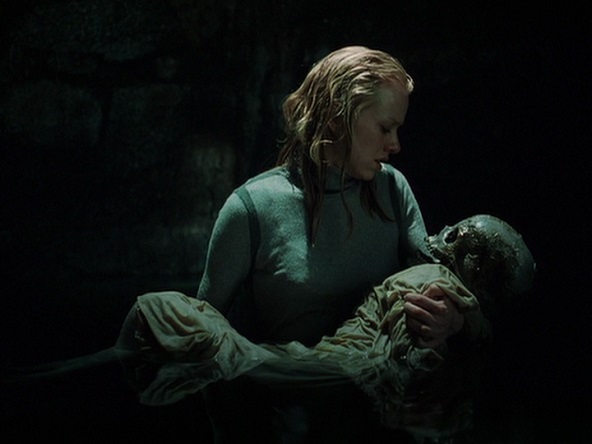
The crash that 1990s horror saw was retrospectively quite damning. Besides a few standout films such as Scream (1996), the market was overwhelmingly flooded with uninspiring films, that was until the early 2000s came and a whole new tidal wave of creativity rushed in. The shift that the millennium film market saw was largely helmed by Verbinski. His previous credits at the time were scarce, hence the reason why he was not the producer’s first choice. Luckily enough David Lynch turned down the offer to direct The Ring, clearing up that spot for some new raw talent. From the very first point, it was made clear that The Ring would not be a grand guignol display of bleeding wounds and tedious jump scares. In contrast, the result is a brooding voyage that meshes both a sense of linear passiveness, akin to a false sense of stillness and a fantastical descent, rife with tangled backstories that pivot the film into unique supernatural territory.
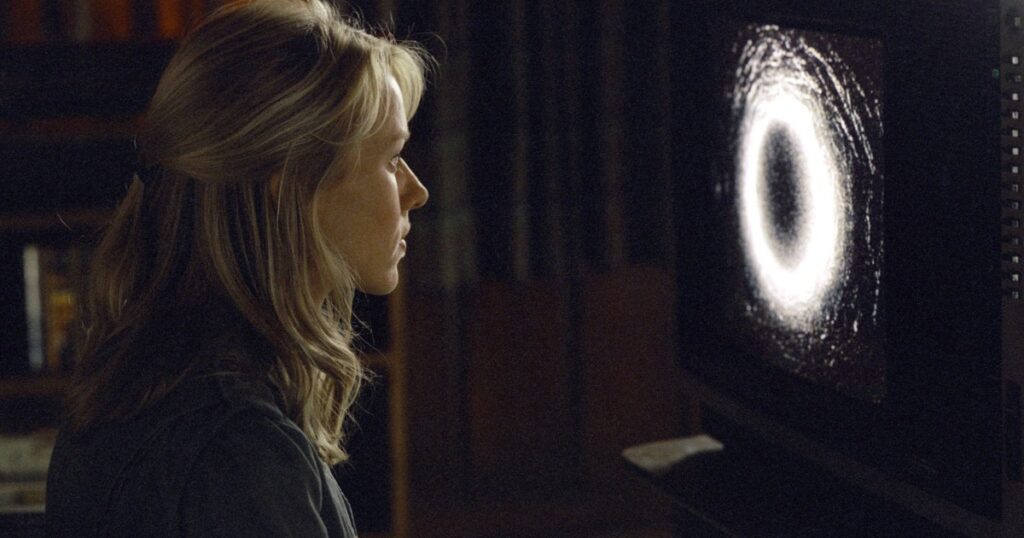
Catalyzing the film’s premise is the infamous cursed tape that is making the deadly rounds. Verbinski folds in layers of symbolism through using smouldering surreality that can come across as slightly ‘film-school-y’, what with all the grainy footage, melding together a heap of Rorschach-esque imagery. Nevertheless, the presence of the tape remains to be nothing less than disturbing, particularly the scenes which mimic the now infamous experimental film Begotten (1989). Permitting shock value is not the tape’s only purpose, the texturized visual scenes of ladders, burning trees, darkened eyes, and most importantly glowing rings are inducing awareness of how Samara’s life mirrors Rachel’s own relationship with her surroundings. Through giving the tape a symbolistic consciousness a deeper meaning of explanation is adhered to.

There is a clear level of juxtaposition between divulging into elaborate character arcs, whilst remaining coherent and uncluttered. In a similar way, the anatomy of the original material and Verbinski’s re-envisioning both make the choice to expose familial-based issues, except the two filmmakers’ methods are rather oppositional. Verbinski has an archetypal take on the tape’s origins, quite bravely he’s not afraid to lean in heavy and get down to the story’s bones. Whereas Nakata conservatively creates a simple backstory of why the events were occurring. If you were to dissect the film with a fine-tooth comb there are major confusions, but it’s fairly obvious that the nonsensical mystery is purposeful. Not everything needs to be untangled, especially when it comes to horror which innately blooms through enigmas. It’s possible that this is the reason why The Ring resonates so well with many, there is no labyrinth of answers to fumble about with, the mystery is fully decoded for you.
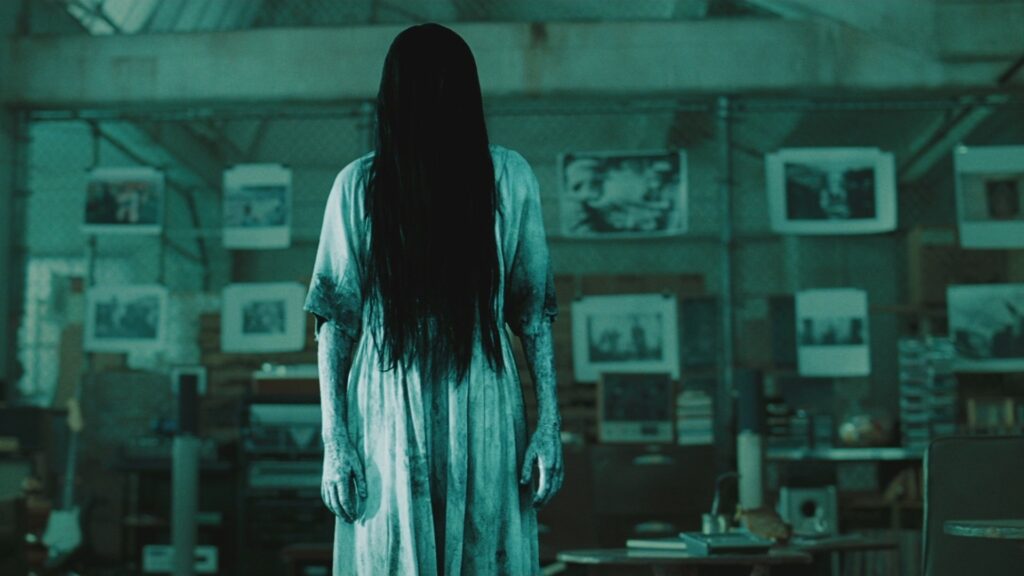
Western produced cinema tends to heavily expose and reveal every little crumb through plenty of exposition, like a story being read out to a child. Yet, Verbinski’s fattening of Samara’s sensibility comes across as a valid attempt at painting a picture that tells a sorrow-ridden story. Rachel, Noah, and Aiden all have distant relationships with one another, causing Aiden to have an unusually sensible manner about him, allowing his parents to slightly take the backseat. Quite refreshingly, Verbinski does not suggest that Rachel should forfeit her career to create a meaningful bond with her son.
Instead, an emphasis is put on Noah who abandoned his own son, leaving Rachel to raise a child alone. Rachel’s career and access to certain technologies actually benefit her in solving the case of the cursed tape, diffusing any stereotype that a person cannot both have a family and a riveting profession. Within the subplot involving parenthood lies the true essence of the narrative. Samara’s wrath stems from the lack of humanity she endured, reflecting Aiden’s bond with his parents. He is now in danger, and it is up to Noah and Rachel to bandage together the tape’s context to save Aiden from a harrowing fate, facilitating themes of unification and regret.

Accompanying the film’s impassioned pathos is the distinct style that allows for The Ring to stand out amongst the rest.
It may be basic to revert back to colour theory. Reds and pinks are warm, thus presenting a passionate tone, with blues and green summoning a cold, bleak mood. But alas, Verbinski takes these elementary principles and maximises them to their full advantage. Nakata’s work across the board thrives in its minimalism, that placidity. In comparison American blockbusters relish in their vividness. The colour grading of The Ring defines the entire film, it can even be claimed that the final result would not be the same without it. Dull greys, murky blues, and waterlogged greens catapult the already gloomy Seattle concrete-jungle atmosphere into a horribly dark environment where horror breeds.
The Ring understands the rich history that preludes it. The film’s horror motifs all derive from fantastic 1990s Japanese cinema- the presence of an onryō, cruel technology, cityscapes, distant relationships, the delicacy of time, and an overarching emotion of loss. Presenting these tangible strands of dread through an Americanised light proved to be an exceptional profit builder and genre booster. Twenty years on, The Ring still holds an almost unattainable reputation that remakes find it hard to do- become integrated as a valuable, vital piece of cinema.
Major names such as Takashi Miike, Kiyoshi Kurosawa, Takashi Shimizu, and Kōji Shiraishi are all honourable within Japanese horror, but prior to their work that propelled J-horror, there were many older films that are under-appreciated on a mainstream level. Work’s such as Tales of Ugetsu (1953), Kwaidan (1964), and Onibaba (1964) kickstarted the trend of positioning societal matters through a supernatural lens. The underlying contemporary issues that Japanese horror explores are entirely compelling, forgoing trivial circumstances, and that is entirely thanks to the above cinema. Without these films, Ringu and the book that acts as its source material (Ring, [Koji Suzuki, 1991]), let alone the remake, would not have been the same.

The Ring acknowledges that the marketed audience expectations would result in the film needing to adapt its cultural conjectures, hence the heavy background story and subplots. In a bittersweet way the conformity to a westernised forecast resulted in the aforementioned success, but at the same time, the film triggered a string of almost insulting remakes from J-horror classics such as Ju-On: The Grudge (2002), One Missed Call (2003), Apartment 1303 (2007), Pulse (2001), and Dark Water (2002). In trying to continuously adapt culturally-rooted stories a sense of villianisation against these major studios is created. Reimagining plots that belong to Japanese folklore without recontextualizing or appreciating their origins is rather unjust. The Hollywood system is known for its ruthless, remorseless stretches, and the influx of capitalising on East Asian cinema can be viewed as questionable. I highly doubt that Verbinksi created The Ring with the premise of fashioning a recycled meaning of Japanese horror in the west, and considering that Nakata openly admires this adaptation, it’s safe to say that The Ring is actually one of the few remakes that deserve acclaim.
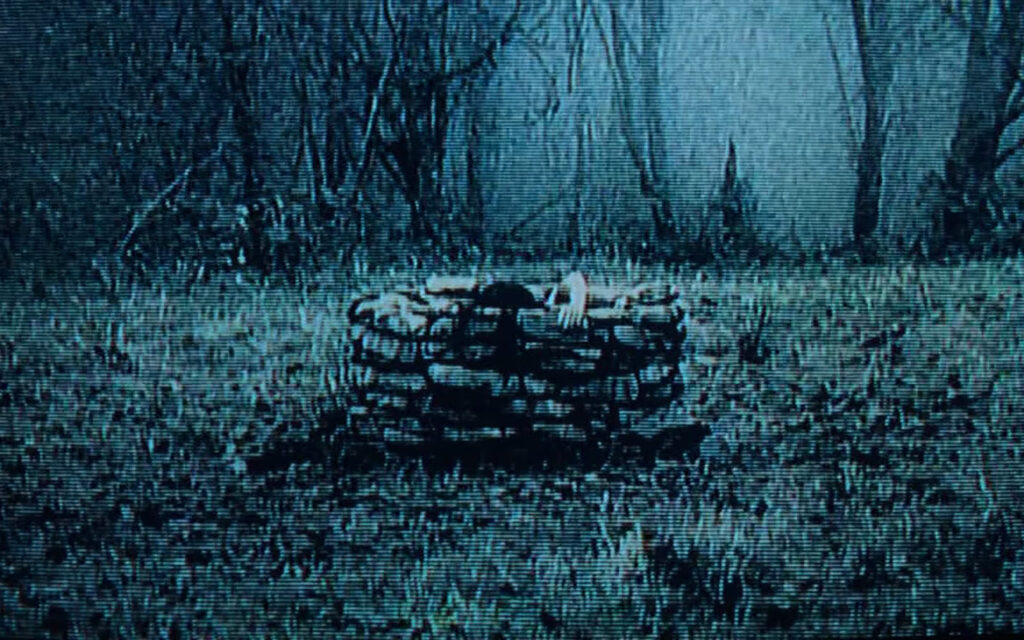
Despite all the doom and gloom, there is a comforting prospect to come from J-horror’s influence. As with many people old enough to watch these films, I didn’t have a smartphone growing up to research world cinema, nor were there streaming sites that worked on importing foreign language horror for people to adore. Instead, I would watch The Ring or The Grudge (2004) in hopes of experiencing a film that ventured outside of the UK or the USA, seeing a new world. It was Verbinski’s work that helped spark my interest in world cinema. As I became older and had easy access to the internet I was enthralled to learn that The Ring was in fact not an original and that I now had an epically long watchlist from films across the entire land to sink my teeth into. Luckily enough with sites such as Netflix and Youtube, potential horror fans can experience films such as Audition (1999), Visitor Q (2001), Battle Royale (2001), and Marebito (2004) with ease.
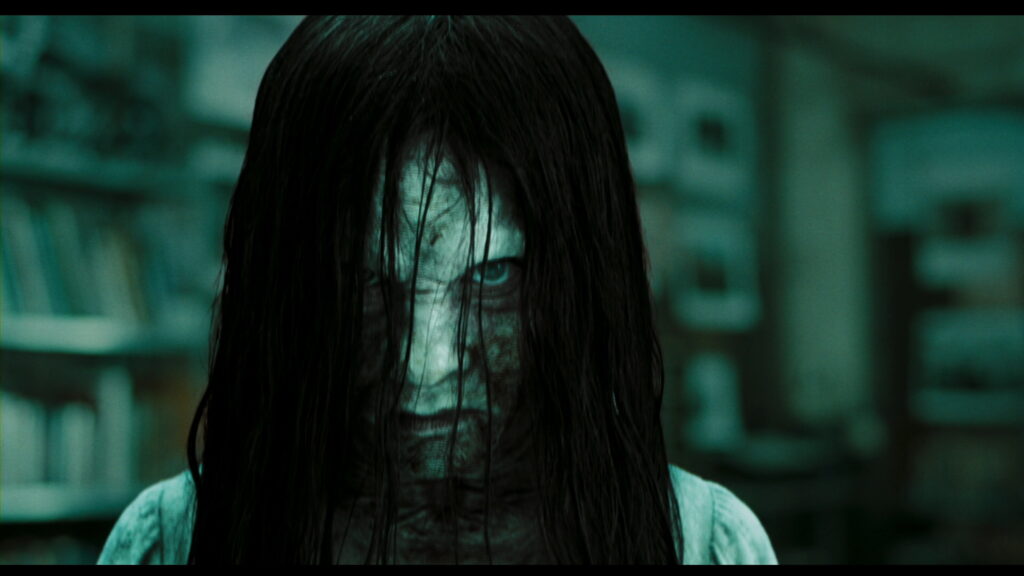
It is a tricky one to fully decode my thoughts on The Ring. Without a doubt, it is a moving film, brimming with touching connotations that work on sympathising with Samara’s motivations. But the most novel part of bringing this Japanese spirit story to life is the widely sparked interest for a section of cinema that is beyond deserving of international attention.
Looking for more top horror lists and reviews? Check out our blog here..

